Firebird Pickups: The Definitive Guide
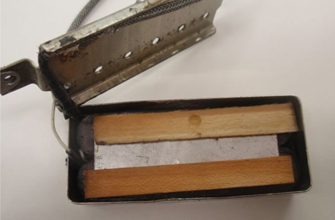
In this definitive guide to Firebird pickups we will address some of the most common questions individuals who own, or possibly are looking for aftermarket replacement pickups for a Gibson firebird typically ask about these phenomenal electric guitar pickups. Topics having to do with what they are, their history, their construction, mini humbucker vs firebird pickups, firebird vs p90 and more are all addressed. Let’s begin with the basics.
What Are Firebird Pickups?
Often confused with traditional mini humbuckers, firebird pickups are a uniquely designed pickup for the electric guitar first introduced by Gibson in 1963. These pickups first appeared not surprisingly in the Gibson Firebird guitars they began building in Kalamazoo, MI at that time.
Having an immediately distinguishable sound which some have described as similar to a “ticked off tele” or a “strat on steroids” the pickups were the perfect complement to the bold and adventurous design of the guitar.
Firebird Pickups Construction
We all know there are a lot of great threads out on the web and many knowledgeable individuals who have owned, analyzed, dissected and recreated mid 60’s vintage FB pickups from pretty much every stage of their evolution. These findings, however, up to now have been incomplete, particularly because of a lack of knowledge having to do with Bicentennial pickups. I will start by quoting a basic summary of their design history as we know it created by a knowledgeable guy named “J45” who despite being a member of one of those ridiculous forums clearly has a ton of experience and passion that rivals my own for these unique and badass guitars.
There have been numerous changes to the design of these pickups by Gibson since they were first introduced in 1963, here are the basics.
Two mini hum sized (nylon?) bobbins, both with rectangular mold holding what appears to be the bar magnets in slots of the bobbin so the windings are surrounding the magnet itself. No external bar magnets like a regular humbucker or Deluxe mini-hum. Black bobbin wires, enameled dark windings, thin metal plate covering both bobbins on the bottom side held with black, tar like glue. Two maple spacers between bobbins and bottom plate. No cutout for braided lead. It simply exits the pickup through the thin gap between the cover and bottom plate. PAT number sticker.
1965-1969 FB pickups (possibly up to 1972, not completely sure about that as of now):
Two mini hum sized (nylon?) bobbins, both with rectangular mold holding what appears to be the magnets inside of the bobbin itself so the windings are surrounding the magnet itself. No external magnets like a regular humbucker or Deluxe mini-hum. White bobbin wires, Polyurethane coated bright orange windings, thin metal plate covering both bobbins on the bottom side held with black, tar like glue. Notched cutout in base plate corner for braided lead wires. PAT number sticker.
1970’s Firebird (’76 Bicentennial and after?):
Editors Note: This section has been updated to include what we now know thanks to Wallace Blackie Gold’s explosive and groundbreaking post (included below). WBG’s expert study, accompanied by blistering clips from the recently deceased Daniel Shams of Heliotricity blew the doors open and shed unprecedented light on these previously “mysterious” 70’s Firebird pups.
Gibson bicentennial firebird guitars used two different designs for the neck and the bridge pickups. The neck pickup was the standard 1965-1969 design (very possibly the same pickup that was in the Medallion Firebirds but without the embossed cover) but the bridge was a unique Bill Lawrence “sidewinder” design utilizing two mini hum size bobbins positioned 90 degrees from the original angle. Windings face upward to top of pickup. This pickup had a single thick ceramic bar magnet slipped between bobbins also 90 degrees from normal bar magnet position. Bottom plate is stamped with pat number.
Mini Humbucker vs Firebird Pickup
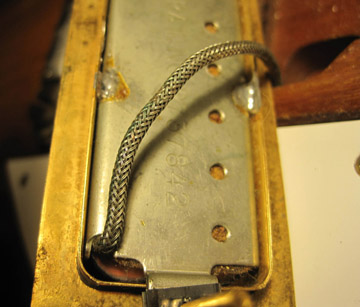
FB Pickups are considered “mini humbuckers” but be aware that they aren’t just mini PAFs…A Mini humbucker is made like a miniature PAF pickup, with one bar magnet positioned under each coil with adjustable pole pieces made out of a ferrous alloy and the other coil containing a ferrous metal bar that is not adjustable.
A Firebird guitar pickup on the other hand, has a bar magnet in each coil. Each coil is wound around the bar magnet, one coil is south up and the other is north up. They then have a thin ferrous metal plate covering both bobbins on the bottom side and two maple spacers between bobbins and bottom plate.
Firebirds versus P90s
While the design and construction of these two pickups couldn’t be more different, Firebirds and P90s are closer than many would think. P90s in general are darker, noisier and typically push the amp harder than Firebirds do. Allen Collins famously used a firebird in the neck and a P90 in the bridge of his bird and it sounded pretty good. Try both if you can.
Firebird Pickup Les Paul
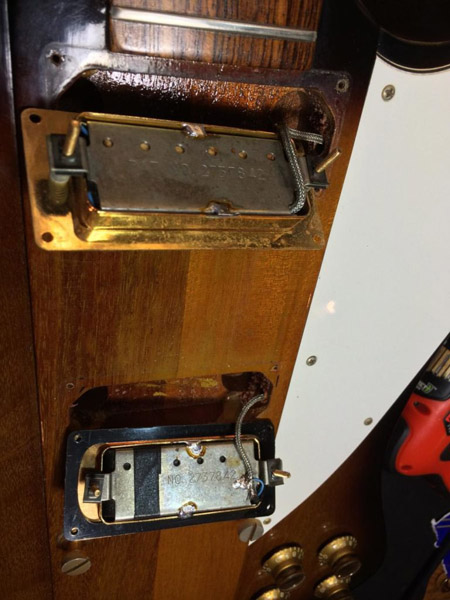
A firebird style pickup in a Les Paul depending on whether you use it in the bridge or neck position could provide some very interesting tonal options. Neil Young famously uses a very microphonic firebird pup in the bridge of his “old black”.
I’ve used a firebird in the neck and a full size humbucker in the bridge of one of my guitars and it was a super combination. Many people have the problem of a full size humbucker in the neck of their Les Paul being too muddy and dark compared to the bridge. Using a firebird in the neck is a very nice solution this problem. Not to mention firebird neck pickups sound phenomenal.
What Do Firebird Guitar Pickups Sound Like?
Firebird pups occupy an interesting and unique place in the sonic landscape. One of things about them is that traditionally they are fairly low output. Gibson did reissue them in 1990 and those versions are quite different, using ceramic magnets and are wound much hotter, I’m not talking about those.
The originals by Gibson used AlNiCo magnets and the DCR on vintage originals was generally around 6.5k, some higher and some lower depending on actual thickness of the “42awg” wire. I’ve seen some 60s vintage bridge pups reaching 7k. Bicentennials are typically between 6 – 6.5k, often on the lower end of that spectrum. Here are some sound clips demonstrating how they sound:
SOUND CLIPS
Daniel Shams of Heliotricity on the bridge pickup of a 1976 Gibson Bicentennial Firebird through a dimed Marshall JTM45 clone.
Eric Clapton with Cream in 1968 on his Firebird I playing Politician live.
1976 firebird bridge through a dimed JTM 45-100 Marshall full stack.
Firebird neck pup through a 60’s Ampeg reverberocket.
King of the Firebird, here is Johnny Winter in 1973 playing his classic white Gibson Firebird. Johnny was known for playing on the neck pickup almost exclusively with his bird. He is playing Marshall’s here but later he switched over to Music Man amps and was famous for having the bass on zero and the treble all the way up. This might not make sense if you aren’t familiar with Firebird neck pups but it is a great sound since they are very meaty and the bass can quickly get overwhelming if you turn your amps all the way up like Johnny did.
Editors Note: It is highly recommended you put aside whatever else it is you are doing, click on the icon on the right, watch this full screen in it’s entirety, turn it up and learn. Johnny was the baddest of them all bar none. BTW the bassist here is Randy Jo Hobbs, another total badass. RIP Johnny and Randy.
Tasty tribute to the type of thing Clapton was doing in mid to late 68 during his tenure with Cream. Pretty priceless, even though you can tell the only reason the kid is playing a firebird is because someone was paying him to, regardless giving some nice insight into a classic setup and (like the Johnny Winter video above) reminding any of you who might have forgotten how bitchin’, badass and honest in terms of simplicity and setup music was in the late 60’s and early 70’s. Vintage Firebird I through a 69-70 Marshall stack.
Editor note: you can see he is plugged into the normal channel of the Marshall head. Firebird bridge pups have often been described as “bright”, “shrill”, “thin”, “anemic”, etc. (mostly by people with limited to no experience with them) and matching them with the vintage late 60’s Marshall 100 watters normal channel which is notoriously “dark” and “muddy” is a match made in heaven largely overlooked.
Who Uses Firebird Guitar Pickups?
Some famous musicians who have used firebird guitar pickups include Johnny Winter, Eric Clapton during his tenure with Cream in 1968 (see Clapton Firebird for details, Daniel Shams of Heliotricity, Tom Petty, Allen Collins, Steve Clarke of Def Leppard and a few other guys. More photos and information here on famous Gibson Firebird players
Guitars that Use the Firebird
Gibson Firebird, SG I from the 70’s (these pickups are sometimes referred to as “tarbacks”, Gibson Nighthawk (neck position) and some current Les Paul Deluxe reissues and Gibson SG 70’s tributes use a unique “dual blade” firebird style pickup.
Aftermarket and Replacement Firebird Mini Humbuckers
When it comes to aftermarket and replacement firebird mini humbuckers fortunately there are many options. Possibly you are restoring a vintage Gibson firebird or exploring different tonal variations in a different style guitar, you need not look far to find a range of fb pickups for sale. Boutique winders such as Lollar, Fralin, Mojotone, Klein, Artec and others offer vintage spec wound pups. Let’s face it, pretty much everyone and their brother is selling some version of these things.
I’ll admit it is baffling to see the amount some of these individuals are selling their pickups for, you’d think they were winding them out of unobtanium or something (especially when you can find a vintage original from the 70’s for less). Regardless, there is no doubt that many of these winders works are popular even if many of them really don’t sound much different from each other. With varying degrees of output, magnet choices and some even being unpotted and/or aged, classic firebird tone is within reach even if the prices are not. ‘Nuff with the fluff, lets let the fun begin.
Bicentennial Firebird Guitar Pickups
(Editors note) This is the original absolutely groundbreaking post which fortunately was saved after an essential source of Firebird knowledge was almost completely lost. Wallace Blackie Gold’s post featuring rare clips of the recently deceased Daniel Shams of Heliotricity’s inimitable Firebird playing shed an enormous amount of light on the Gibson 1976 bicentennial fb pickups and the supposed mysteries surrounding them. Here we have the original and astounding post preserved in its entirety.
“At the time of writing, having played Gibson bicentennial firebirds for more than two decades it was clear to me that the information about them available on the web and elsewhere was incomplete and I wanted to share my findings with anyone interested. The web in some small ways is a wonderful thing, where the phenomenon of mid 70’s Firebird pups up until my post was more or less a complete enigma shrugged off by gear forum snob “experts” who not only knew little to nothing about them but had no real experience with them in the first place…”
Daniel Shams of Heliotricity on the bridge pickup of a 1976 Gibson Bicentennial Firebird through a dimed Marshall JTM45 clone. No attenuators, power scaling or other foolishness. The reverb you hear is the guitar bleeding through the vocal mic, it’s loud. As attention spans are what they are in this ridiculous internet and boutique gay 1 watt power scaled amp age, below is more information for you to process while you “listen”.
THE 70’s FIREBIRD GUITAR PICKUPS “MYSTERY” UNRAVELLED
I feel a certain obligation to chime in because I’ve been using the pickups from the 70’s J45 describes above for multiple decades and there is a tremendous amount of confusion about them which hopefully I can help clear up. I will say the only reason these pickups are/were mysterious is because before this page was made few individuals understood or particularly cared about them. There are some good reasons for that, some of which, like the general shortage of original thinking in today’s guitarists for example, directly corresponds to why so much boring and mediocre music is being made by white males playing Les Pauls these days. However, as you will see in the SOUND CLIPS BELOW these pickups sound extraordinary in the right hands.
SOUND CLIPS
Here is Daniel on the bridge pickup of a 1976 bicentennial Gibson Firebird through a dimed Marshall JTM100 Black Flag clone full stack running with a quad of KT66 tubes instead of el34s. No attenuators, power scaling or other foolishness.
People play with way too much gain these days and so many pickup makers contribute to this climate of bad taste by winding everything hotter and hotter for the sake of sales and as a result it only fuels mediocre playing. The thing about lower output pickups like these is that they make you work and the musical payoff is huge. DCR on vintage originals was generally around 6.5k, some higher and some lower depending on actual thickness of the “42awg” wire. I’ve seen some 60s vintage bridge pups reaching 7k. Bicentennials are typically between 6 – 6.5k, often on the lower end of that spectrum.
Here is Daniel on the 76 bridge through a dimed 1967 spec Marshall JTM100 Black Flag clone full stack running with a quad of KT66 tubes instead of el34s. No attenuators, power scaling or other foolishness.
Here is Daniel on the 76 bridge through a dimed 1966 spec Marshall JTM45/100 clone full stack. Nice tone here, reminds me of Clapton’s Cream tone back in 1968 when he was playing his Firebird I through his dual 100 watt Marshalls but better. Cream was probably the best band ever, and Eric was and is an extremely gifted player. The thing people forget about Eric and Firebirds is that he only played one for a very short time, primarily in mid to late 68. It did show up in 69 and 70 here and there with Blind Faith but Eric was clearly moving in other directions and it just ending up taking a back seat to telecasters with blackie necks, an ES335 and stratocasters unfortunately. I won’t even go into his move from Marshall’s to Fender amps and whatever else.
In short, while Gibson thanks God every day that someone took that famous photo of Eric with the cigarette, the black overcoat and his 64 Firebird I, Eric just wasn’t really a Firebird guy at the end of the day. It was just a phase that (fortunately for Gibson’s marketing team and also I suppose people like me who actually play and believe Firebirds are the best guitars ever made) happened to coincide with an extremely talented artist at what was arguably the pinnacle of his career.
One of the things that these clips by Daniel really makes clear is that while the Firebird/late 60’s Marshall plexi combination is a match made in heaven there are a lot of better sounding speakers to compliment the pair than the Celestion greenback like Eric was using at time. He used those speakers because they were what were in his cabs at the time and which sounded incredible with the humbuckers in his famous “fool” SG (editor bowing down at the mere thought of such sanctified artifact), but he just didn’t use the Firebird long enough to realize that there are WAY, I repeat WAY better options. I’m not sure about you, and with all due respect to one of the best and most inspired players of all time, (and obviously personal style and choice of notes aside) but the tone in these clips absolutely smokes Clapton’s 1968 Cream firebird tone.
76 bridge through the dimed Marshall JTM45/100.
Here is Daniel on the 76 bridge through a dimed JTM 45-100 Marshall full stack. No pedals, no attenuators (thankfully), none of that garbage which so many individuals insist on using with these glorious amps. Just the 76 Bird bridge pickup and plugged straight into the normal channel. You can hear how well the Firebird cuts through the mix.

One of my beefs with modern day guitarists is that none of them can really sing. So many of them do anyways, and I wish they wouldn’t, because none of them sing with any conviction because they’re usually singing lyrics that don’t mean anything to them and really are just singing to kill time before their next solo. There is a Gibson ad somewhere with a dumb looking white guy in jeans and a black shirt playing (surprise) a LP flametop which perfectly illustrates what I’m talking about, I’ll see if I can find it.
Some of my favorite guitarists had great voices: Robert Johnson, Blind Lemon Jefferson, Leadbelly, Johnny Winter, even SRV started to really sing in a few places shortly before he passed…Daniel is one of the few “guitarist” guitarists I know of who sings as well as he plays. His voice reminds me a little of Jack Bruce (another guy who could play AND sing). The reverb you hear on this is the amp bleeding through the vocal mic, its loud.
Here is the 76 bridge through a nearly dimed Marshall JCM800 providing a little more wind underneath the Firebird’s wings.
I remember reading guitar player magazine and other stuff back in the late 80’s and 90’s and loved reading the interviews with the greats. None of them were obsessing about PIO tone caps, aftermarket wiring harnesses, and other dumb phenomenon like people on the gear forums today do. What I remember over and over guys like BB King, Albert Collins, SRV and others saying was for young players to find their own sound, to find YOUR voice. They were saying listen to your heros, learn their licks, but make them your own. These days clubs are filled with guys using the most incredible gear making the most mundane music.
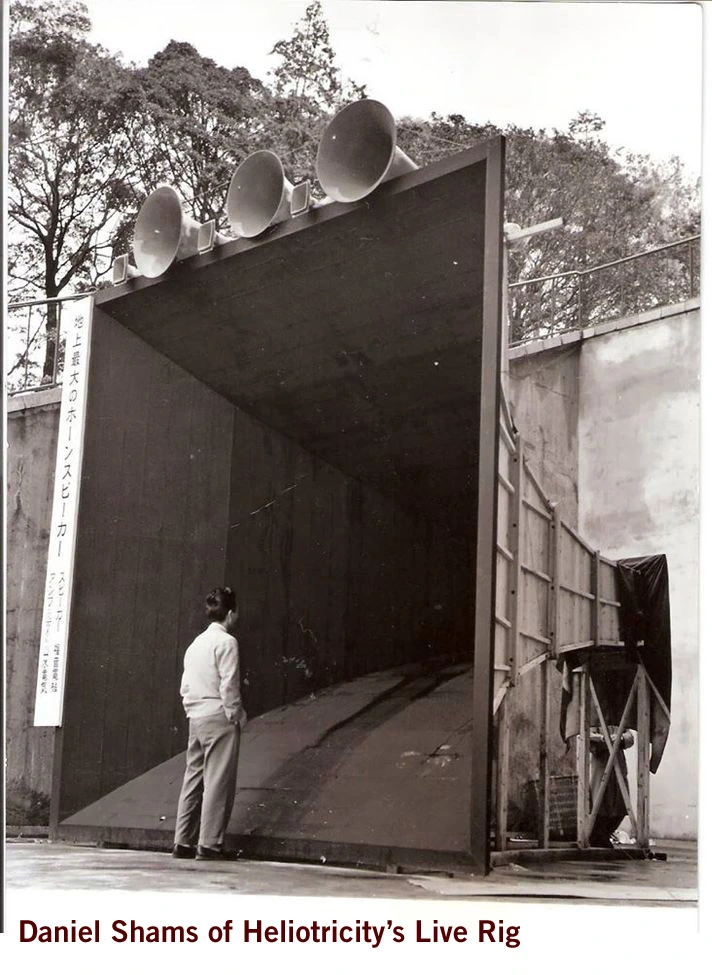
Another clip of Daniel on the 76 bridge through the dimed Marshall 45-100 full stack.
1976 Bicentennial Firebird plugged straight into the normal input of an unattenuated Marshall JTM45-100 plexi full stack. These are by nature bright pickups, but you can get some quite juicy “woman” territory tones by rolling back the tone knob. Sidewinders are really expressive, Daniel alternates between a pick and his bare fingers, sometimes between phrases, and the range of tones he gets out of the guitar is astounding. All knobs on the amp are set on ten except for bass and presence which are on zero. No attenuation on the amp. Note: this is the bridge pickup only.
As we all know, Marshall plexis have no reverb but you can hear what sounds almost like reverb while he plays. This is one of the characteristics of the sidewinder design, when played through a cranked amp it picks up the overtones created when a guitar like a Firebird with a very resonant body vibrates the open strings. Other pickups do this as well, but not in the same way. It should be noted that the speakers in this demo are not Celestion greenbacks, blackbacks, or any other type of backs, as aside from loving how Clapton and Hendrix sounded through speakers like those neither Daniel nor I have ever given a shit about them.
Everybody knows how great the Firebird neck pickups sound. Here is Daniel playing the Bicentennial bird neck pup through his 60’s Ampeg reverberocket. There is so much soul in the playing here it is not even funny. The kid reminds me of Derek Trucks at times, but different, doing it his own way. Look up Derek if you haven’t already. Anyways, since attention spans are what they are in this internet age, here are some more photos for you to look at while you “listen”.
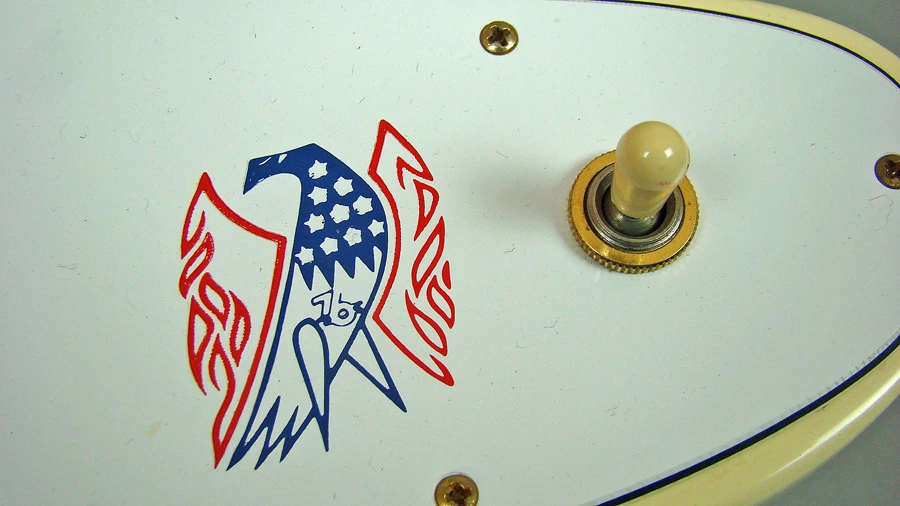
THE 76 FIREBIRD “MYSTERY” EXPLAINED
Another source of great information on FB pups in general but particularly for the 76s is a thread by a bloke who dissects a Bicentennial version pup from 1982 and details it with excellent photos. You’ve probably seen it, and the pickup said bloke dissects has an unusual and different design from all other FB pups.
But, what anybody paying actual attention would notice is that an essential and important detail is missing in the thread. It isn’t mentioned whether the pickup he dissected was a bridge or neck pickup. Later, the author does state something about Allen Collins playing the guitar that pickup was in and hating the bridge pickup. I’d bet you a JTM 45-100 full stack that the pickup being dissected in the thread was a bridge pickup. Why would it matter you might wonder? Keep reading.
Backing up a step, part of what I’ve always found interesting about 76 Birds is that although the general consensus of them is that they are screechy, thin, shrill, extremely microphonic, the worst sounding guitar ever, etc. there are then others who attest that they sound almost identical to vintage birds they have played. It always seemed odd to me that there would be such a discrepancy in opinions.
TWO DIFFERENT DESIGNS
From my research it is clear that for the majority of 76 FBs that the neck and the bridge pickups were TWO DIFFERENT DESIGNS and that the description given above by J45 describes only the bridge pickup (also known as a "sidewinder").
The neck pickup, however for the majority of these guitars I believe is the 1965-1969 design, possibly even the same pickups that were in the Medallion guitars, but with the patent number engraving rather than the sticker.
To complicate things, I have also seen examples where there are what appears to be 1965-1969 design pups in both the neck and the bridge. One thing that is clear is that Gibson was experimenting during this time. Lets look at some photos.
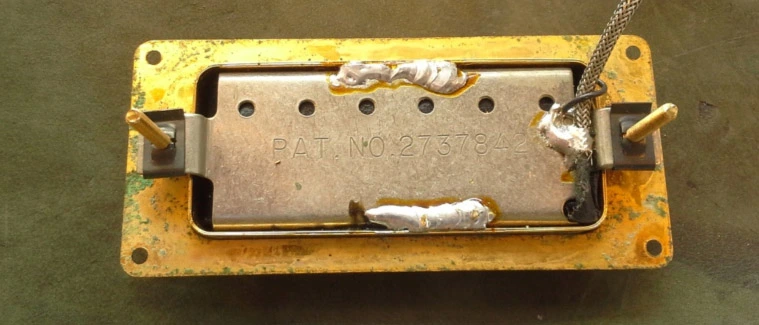
First off, here is the 1982 pickup that was dissected by the bloke in the thread I referred to above. Hopefully if he has read this far he is not upset that I am utilizing his great photo to further all of our understanding of the pickups that Gibson was putting into what are undeniably the best electric guitars ever created. Note the thin black wire coming from the top right which is sautered in and grounded with the metal braid wiring from the main lead which comes out from the lower right hand corner. Also, note how under the holes in the metal baseplate you see what looks like black tape.
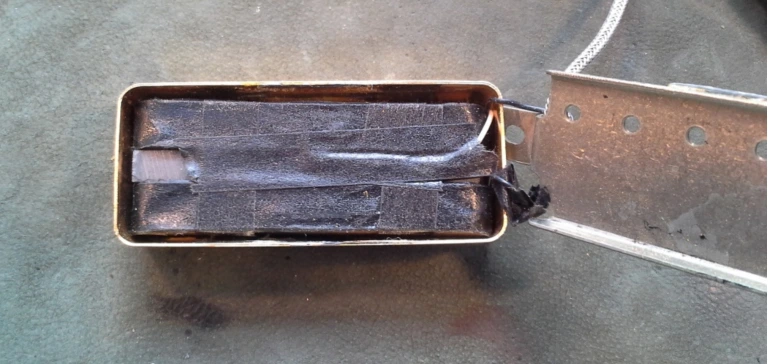
This is the same pickup with the cover off. You can see that it was indeed black tape or whatever it is they use which you could see through the metal baseplate holes and that the reason for the two wires has to do with unique “layed over sideways” orientation Gibson for whatever reason was experimenting with at this time.
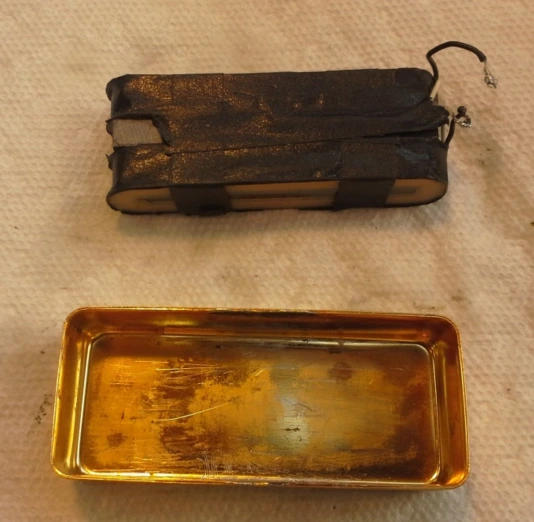
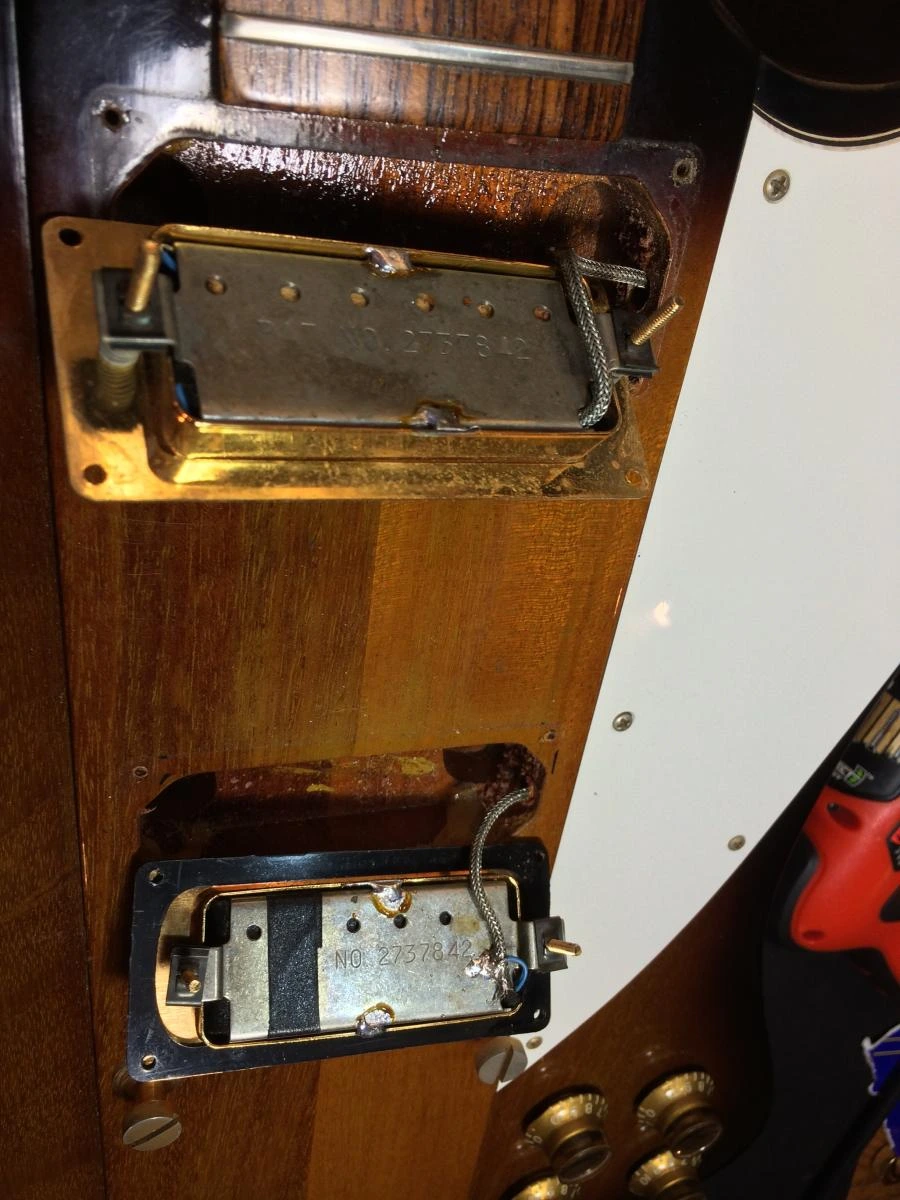
Here we have a 1978 Bicentennial Firebird which someone graciously opened up so we can see the undersides of the pickups. Notice that the bridge pickup looks very similar to the pickup above which the bloke dissected, but slightly different with an extra blue wire coming out of the lower left corner being sautered in with the main lead braid. You can see also, through the holes in the metal baseplate that it is black. I can guarantee you that if we opened this one up, that black you see would be the pickup tape just like the pup above and oriented in the quirky laid over sideways. I don’t know about you but I can hear the nails on the chalkboard just looking at it.
But, look how the neck pup is different. There is no second wire, and through the baseplate holes you see it is not black but rather a wood looking cover. Interesting.
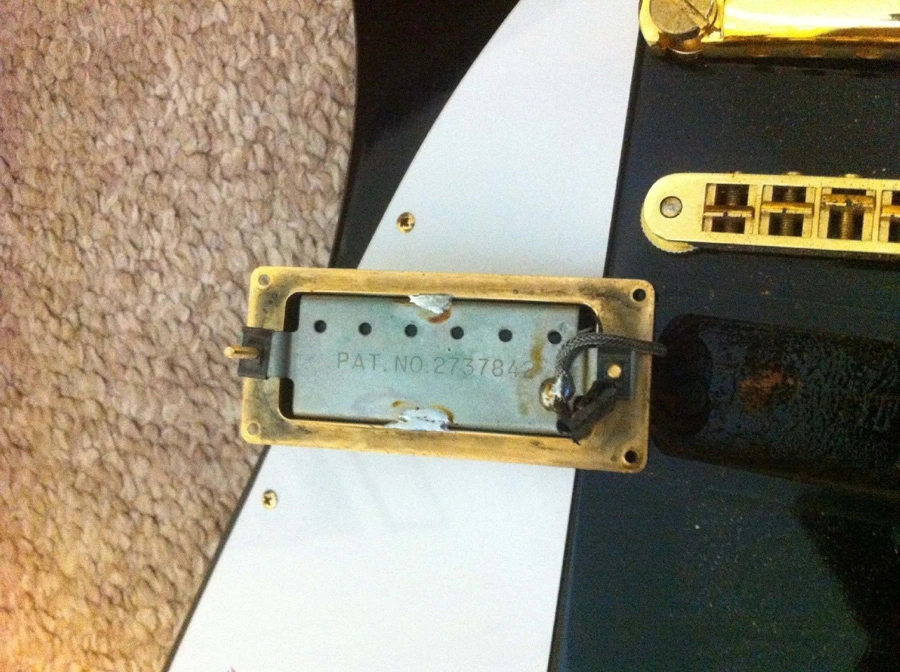
Here is another photo of Bicentennial era Bird, and again you can see how the bridge pup has the second wire and what looks quite black beneath the metal baseplate.
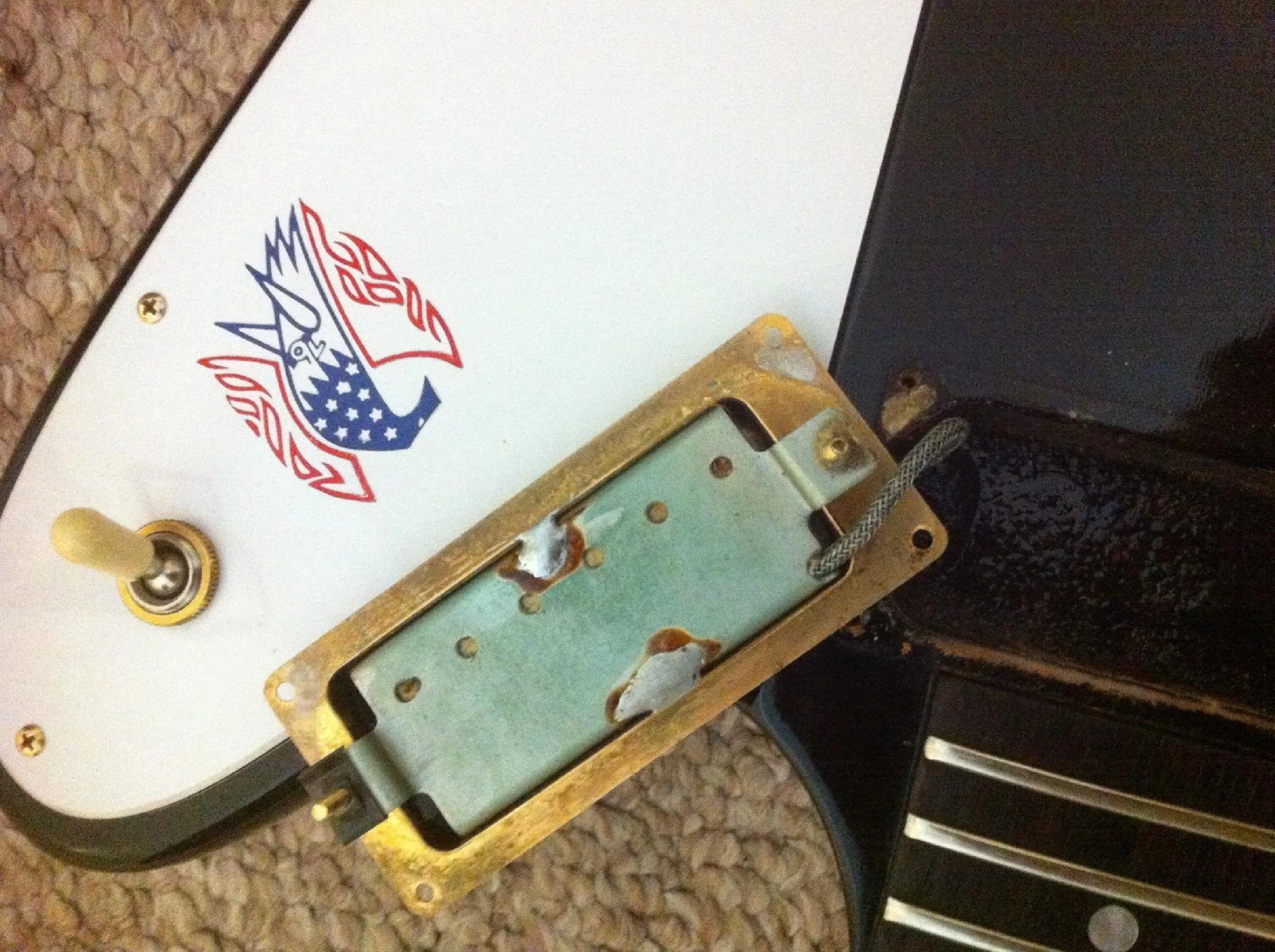
Here is the neck pickup from the same guitar and guess what, no second wire and what looks like a lighter coloring from a wood shim under the metal baseplate.
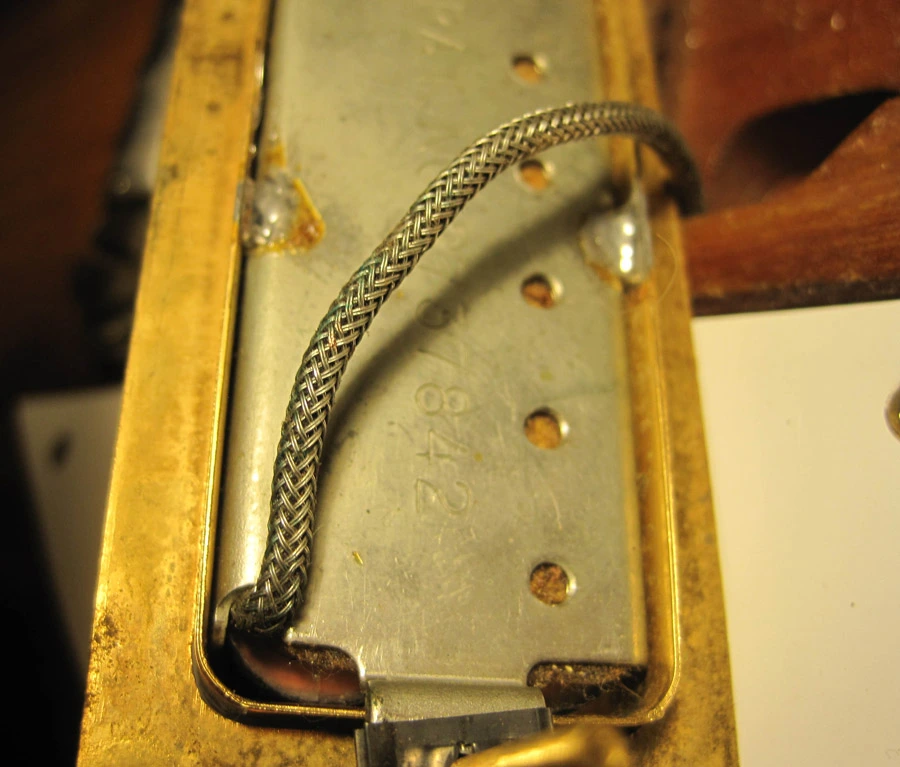
Now take a look at a close up of the neck pickup from my 76 Bicentennial bird. I removed it from the neck of my #1 Bird and put it in the bridge of a second 76 I bought which some dingbat had routed for a humbucker. This was actually part of the spark that began this thread because this pickup in the bridge of the second 76 sounded very different and much darker than my #1 bird with the original bridge. It hadn’t occurred to me at the time that their difference in sound owed to a slight, but very important variation in design.
Notice through the holes in the metal baseplate what appears to be a wood shim right under it, and the lack of a second wire. Also, you can see in the gap between the baseplate and the internals in the lower left hand corner what is clearly the top of a bobbin and around its perimeter you can just see the edge of the black tape which would cover the wire. This pickup is NOT laid over sideways, it is the normal Firebird pickup design.
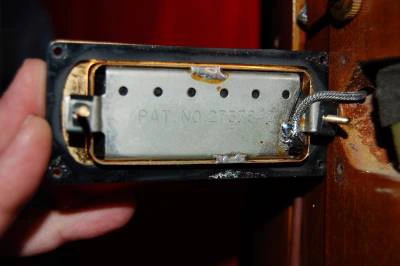
Here are photos of yet a third Bird from the bicentennial era. This is the bridge, looking very much like the dissected pup in the first photos. The bridge often has the black plastic spacer under it to raise it slightly too. Again, two wires and black beneath the baseplate holes, I don’t know about you but I’m beginning to see a pattern here.
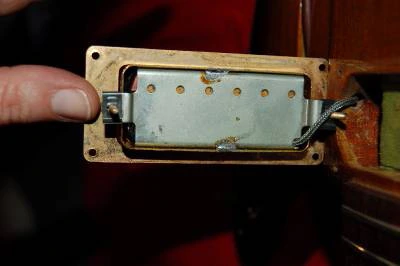
And the neck from that same guitar. Sure enough, it is different than the bridge. This one is interesting too because the baseplate doesn’t have the patent number engraving.
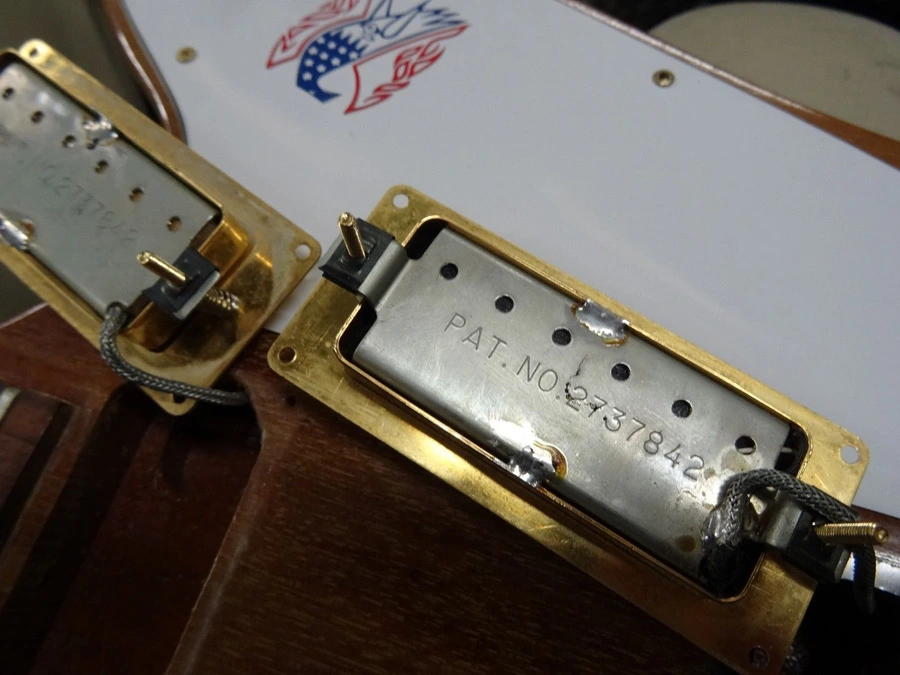
Here is another bicentennial era pair where the two are the different designs.
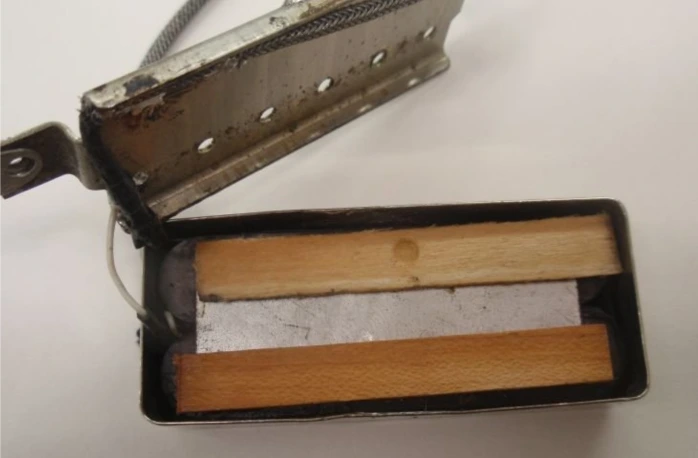
Now here are the internals of 63 pup. This is the standard vintage FB pickups design, with the coils oriented “correctly” most would say and with the ferrous metal plate, etc. You can see that it has wooden shims of some ilk right under the baseplate. I think it is safe to say that wooden shims like these are what we have been seeing peeking out from the metal baseplate holes in the Bicentennial Firebird neck pickups in the photos above. Confirming my overwhelmingly strong suspicion that what the photos are making undeniably clear is that the Bicentennial Firebirds utilized two different pickup designs for the neck and the bridge.
Some of you might be wondering why. To me it makes perfect sense that Gibson would experiment with a different design which made the bridge pickup brighter, so that it cut through the mix even more. If you look at that general time period, of primitive PA systems and 100 watt amplifiers running full volume in outdoor festivals, concert halls, etc. they were all getting brighter and more aggressive. Take Marshall amplifiers for example, the late 60’s plexis vs the early 70’s plexis, the introduction of the super lead, then the bright caps on the volume pots, the metal panel years, all were gravitating towards a brighter more aggressive cutting sound. Even the speakers, early Marshall cabs had those G12H30 55hz pulsonic coned Celestions which later evolved into the 75hz Greenbacks…
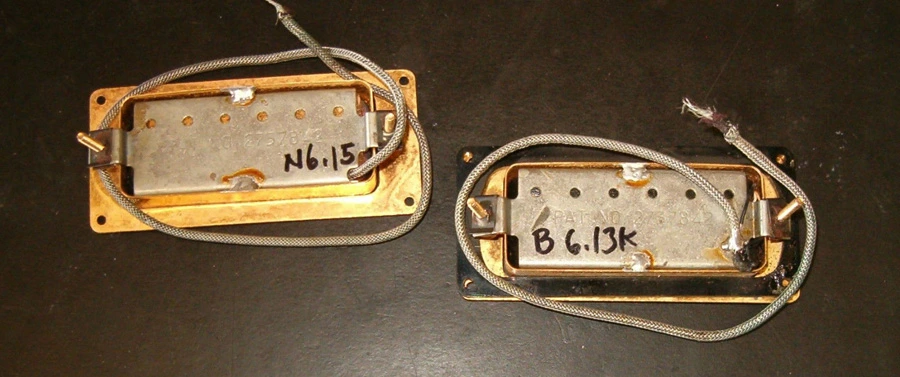
Here is a pair from 77. These even have "N" and "B" written on them for neck and bridge as well as the DCR readings. The bridge on the right being the laid over sideways style.
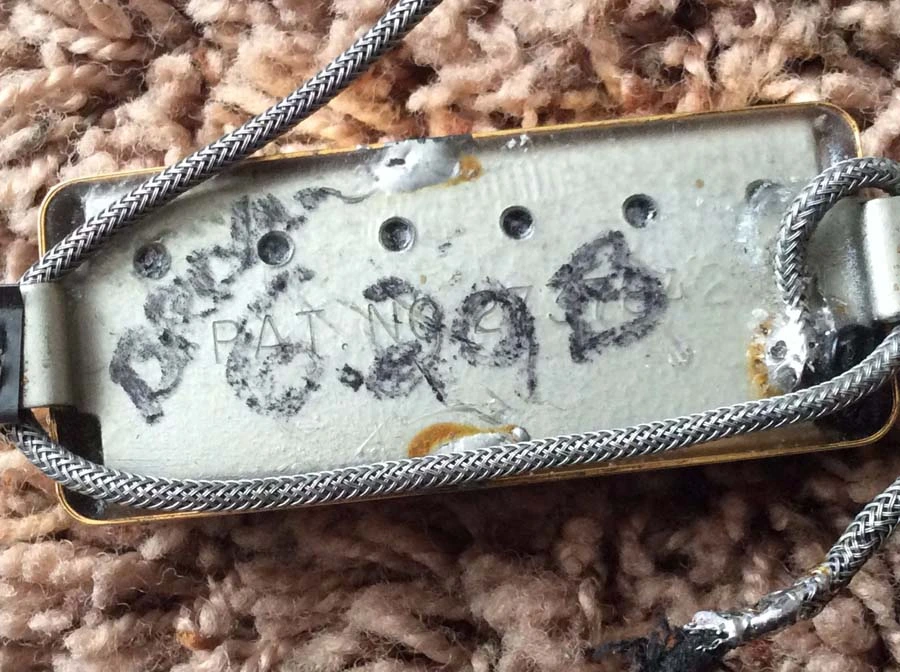
One of my favorites, this one is from 82. You can see it was a bridge (somebody even wrote 6.29B on it, again the DCR and "B" for bridge) but whoever it belonged to had it wax potted to the max probably because it was microphonic as hell (they are, I know!). I’ve never seen wax potting on the bottom of a baseplate, it almost looks like they were afraid to open it so they wax potted all over the base plate and in the gaps???
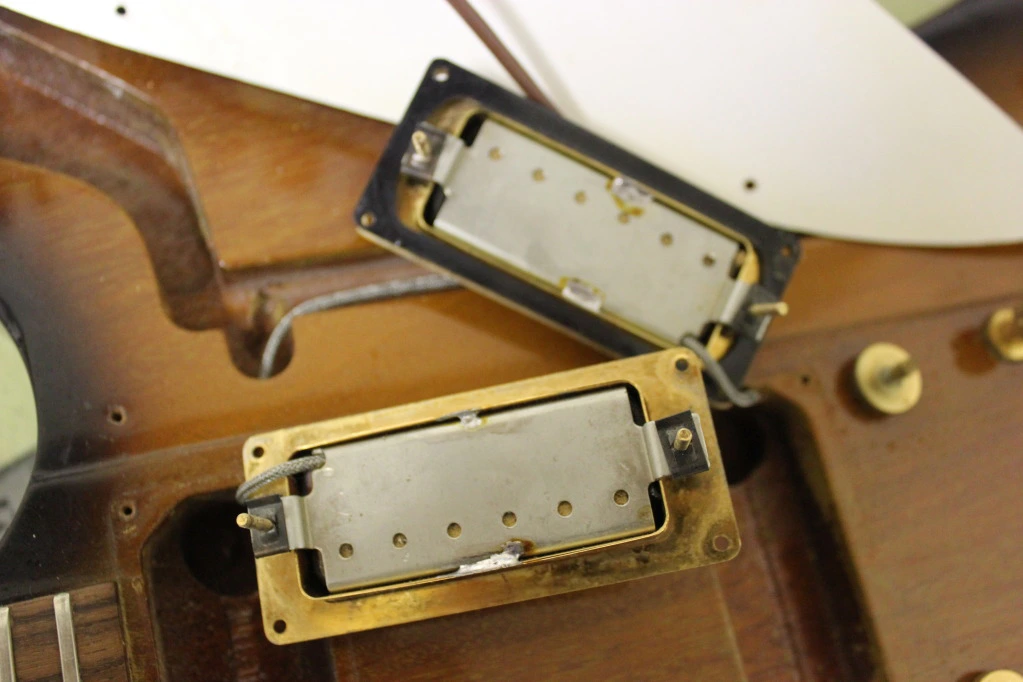
Here is a 76 bird with what clearly looks like a pair of “neck” (i.e normal FB design and not sidewinder design) pickups. Not only that but the baseplates have no patent number sticker or engraving. To be fair, we can’t eliminate the possibility that these had stickers and they were removed, but it also wouldn’t be the first time we saw baseplates like this. A unique specimen indeed.
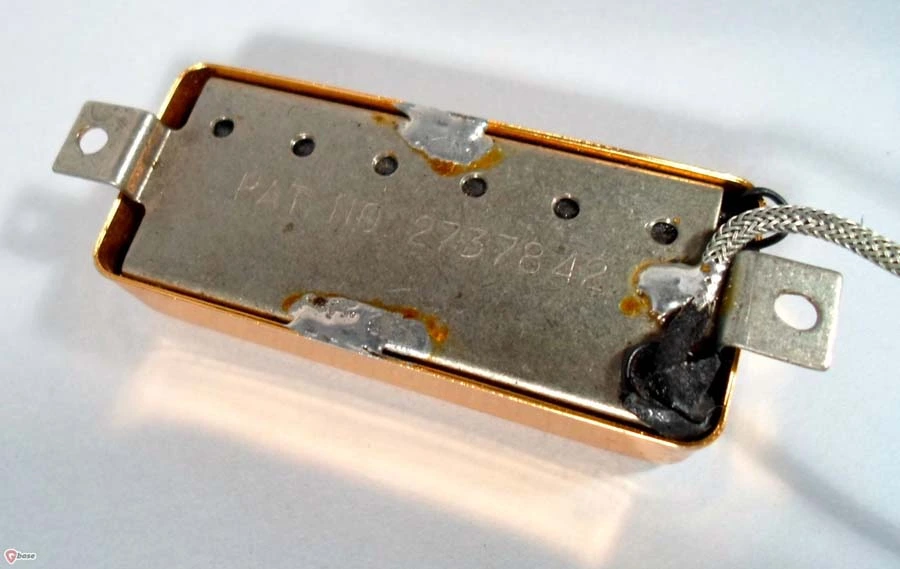
This is one from 76 which someone was trying to sell for a lot of money. What do you think, neck or bridge? Hint: Allen Collins even though he loves Firebirds and only plays bridge pickups (even though a reverse Firebird with a P90 isn’t really a reverse Firebird) would not jive with this pickups sound. Listen, I don’t know many people who actually like Skynrds music, but lets face it, we all love Allen Collins, because he was ALMOST a Firebird player.
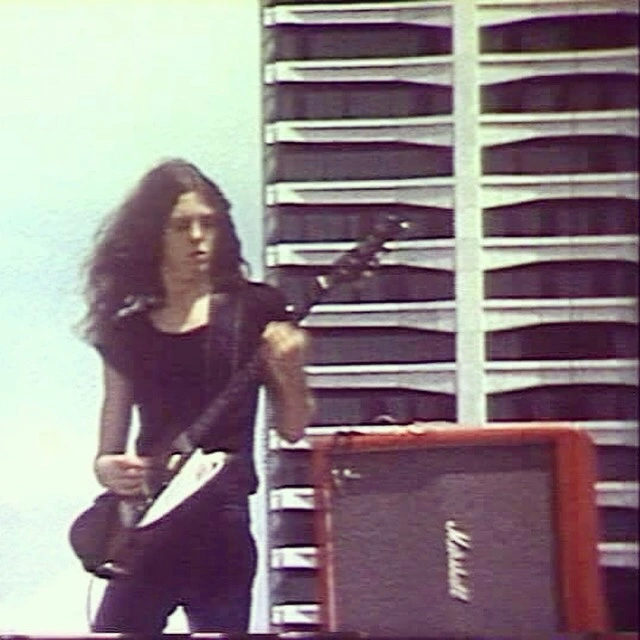 I think I’ve made my point. I’ll leave it up to one of you all to dissect a Bicentennial neck pickup and come to the stunning conclusion that it is designed like the earlier “normal” FB pups were and not the strange layed on it’s side "sidewinder" design we thought all the Bicentennial pickups were all built with.
I think I’ve made my point. I’ll leave it up to one of you all to dissect a Bicentennial neck pickup and come to the stunning conclusion that it is designed like the earlier “normal” FB pups were and not the strange layed on it’s side "sidewinder" design we thought all the Bicentennial pickups were all built with.
That said, I have to admit I’m curious if Gibson on the off chance also got adventurous and made some other slight alterations to the neck design as well, possibly using ceramic magnets between the coils, used a different wire? My guess is that they didn’t, mostly because my experience is that they sound like firebird pups should, and unlike the "sidewinder" they sound very similar to the other hand wound FB pups out there I’ve tried from Mojo, Artec (highly recommended), TJ Hookerbreath, etc.
all having slight differences among them.By the way, the Bicentennial pickups are a different size than modern FB pups. If you have a Bicentennial bird and buy modern replacement pups you will either need to build or have someone build you a custom ring because the screw holes will not line up on a 76 bird. This goes vice-versa as well, if you buy Bicentennial era pickups the screw holes will not line up on a modern Firebird. That said, Bicentennial pickups will fit in modern rings, but there is a slight gap on the top and bottom because of the size difference. My experience is that the very slight gap between the pickup and the pickup ring on the top and bottom of a Bicentennial era Firebird pickup mounted in a modern Gibson, Greco, Chibson, or generic Chinese replacement Firebird ring doesn’t negatively affect your overall tone, however some individuals with highly sophisticated ears trained to detect such acute subleties may argue otherwise. I’ll leave it at that, as the topic alone would easily be worthy of an entire thread itself.
BILL LAWRENCE
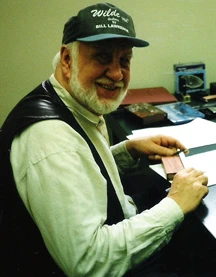 Moving on, my understanding is that the sideways Firebird pickup design or "sidewinders" which we have been talking about in the bridge of Bicentennial birds were designed by a guy named Bill Lawrence who worked for Gibson during two eras: from 1968 to 1972 (when he designed models such as the S-1, L6-S (the modern reissue of which is the L6S) and Marauder as well as contributing to the design of there Gibson ‘Super-Humbucker’), and again from 1987 to 1989.
Moving on, my understanding is that the sideways Firebird pickup design or "sidewinders" which we have been talking about in the bridge of Bicentennial birds were designed by a guy named Bill Lawrence who worked for Gibson during two eras: from 1968 to 1972 (when he designed models such as the S-1, L6-S (the modern reissue of which is the L6S) and Marauder as well as contributing to the design of there Gibson ‘Super-Humbucker’), and again from 1987 to 1989.
Here is the URL to the patent Bill (his real name was actually Willi Stich) created August 5th, 1975. http://www.pat2pdf.org/patents/pat3902394.pdf And below is a sketch of the design included in the patent.
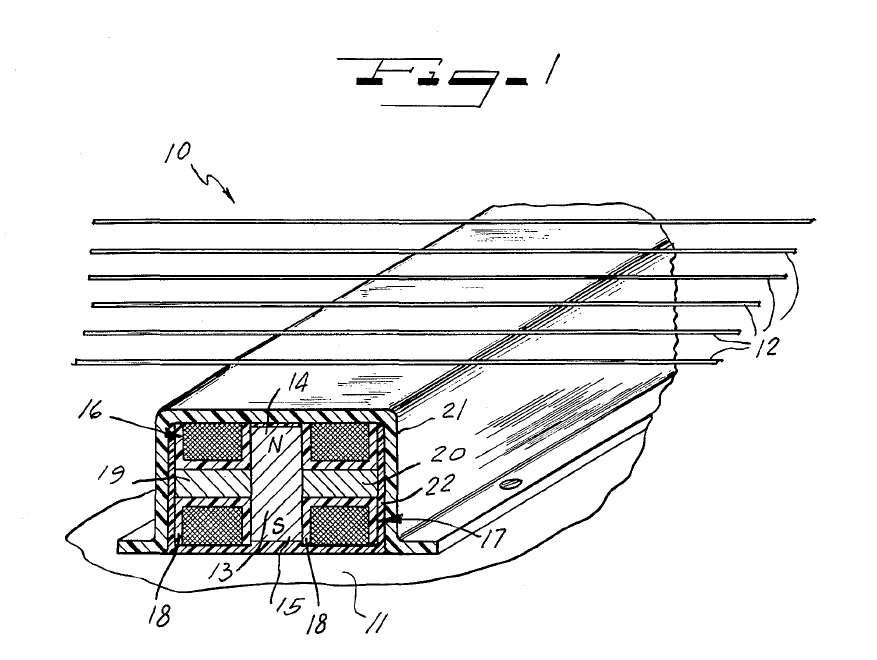
Note the “N” and the “S” on the magnet to indicate polarity. The patent describes them as:
“..an electrical pickup for a stringed musical instruments having one field polarity intersected by the string, a pair of coils, and each coil having a pole piece so arranged that the pole pieces are magnetically neutral and are thus not loaded magnetically but serve merely as inductors.”
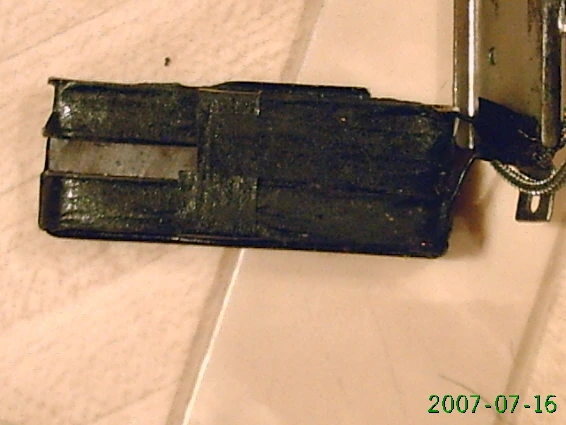
Here is a photo of another Firebird sidewinder, practically identical to the dissected 82 Firebird pup from the beginning of this page.
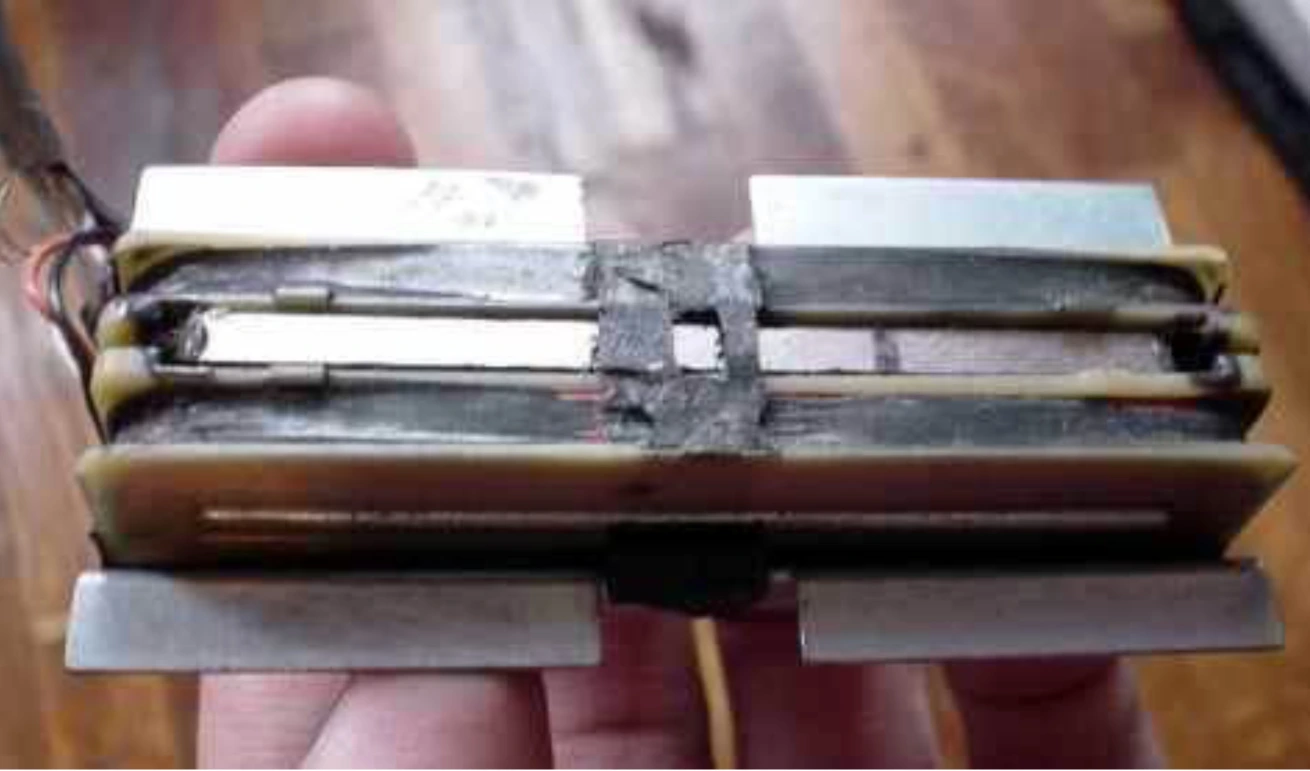
Sidewinder pickup from a Thunderbird. Here is the URL to a second sidewinder patent applied for by Bill in January 1975, most likely for the Gibson Ripper. http://www.pat2pdf.org/patents/pat3916751.pdf It looks very similar to the EB-0 sidewinder (which was designed by Seth Lover) and apparently the Ripper was a smaller version of the sidewinder.
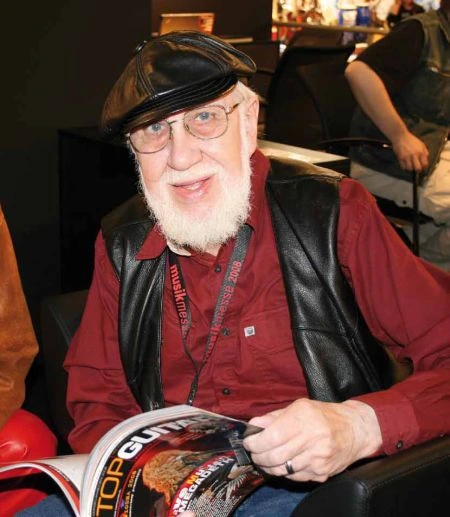
Bill passed away in Nov. 2013. RIP. On the topic of pickup designers, does anybody know who invented the original firebird pickup?
Gibson Medallion Firebird Guitar Pickups
Now, just for fun I thought I’d share a few photos of the pickups Gibson was putting in their Firebird “Medallion” guitars.
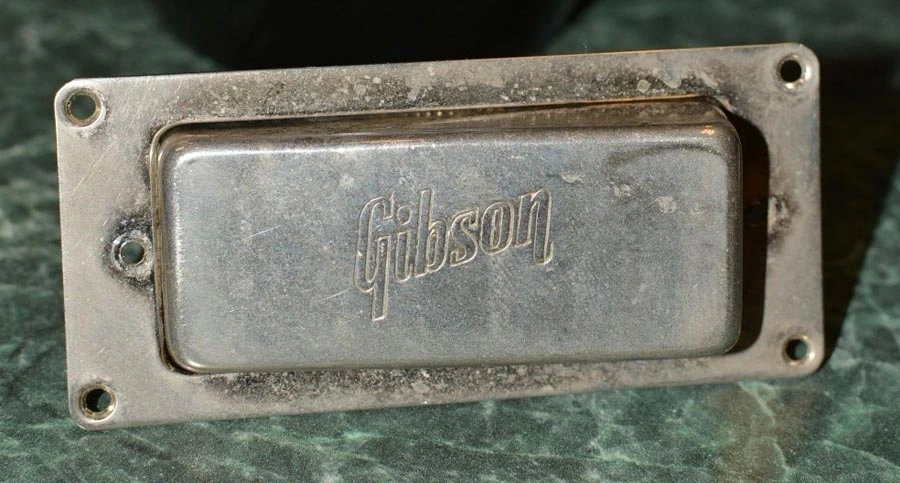
Man, those covers with the logo look sweet.
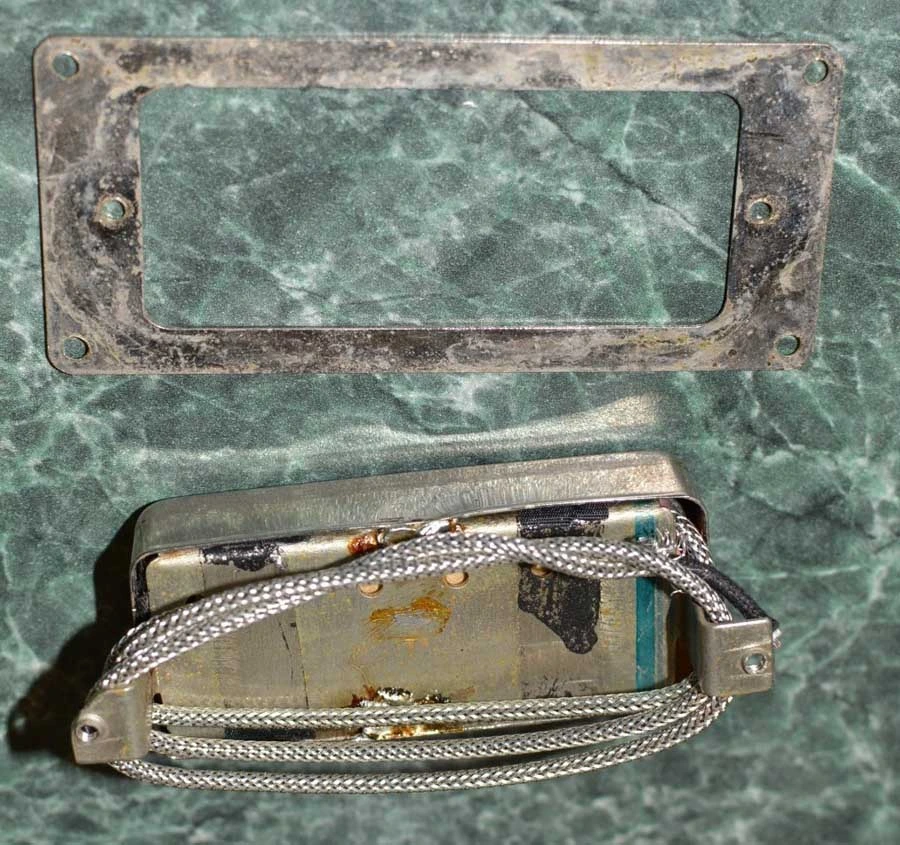
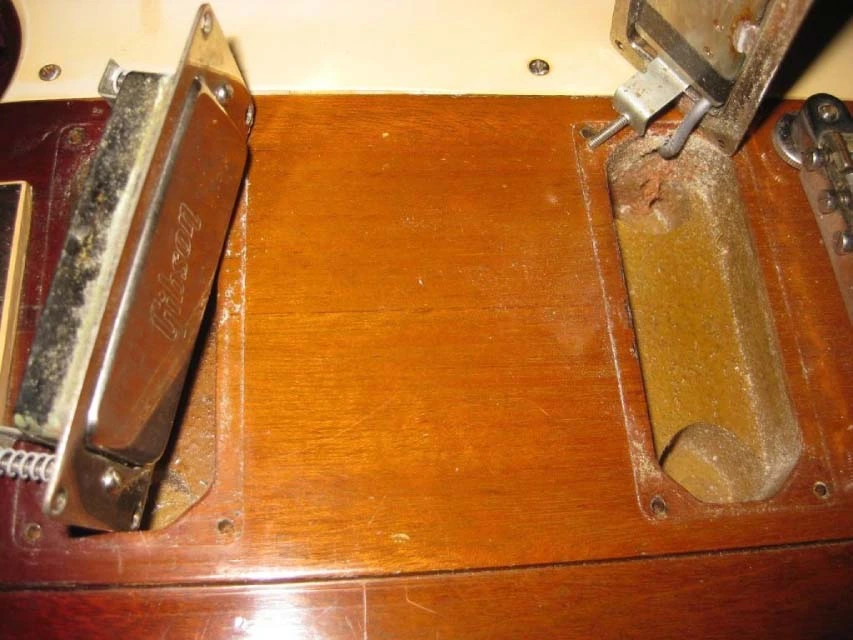
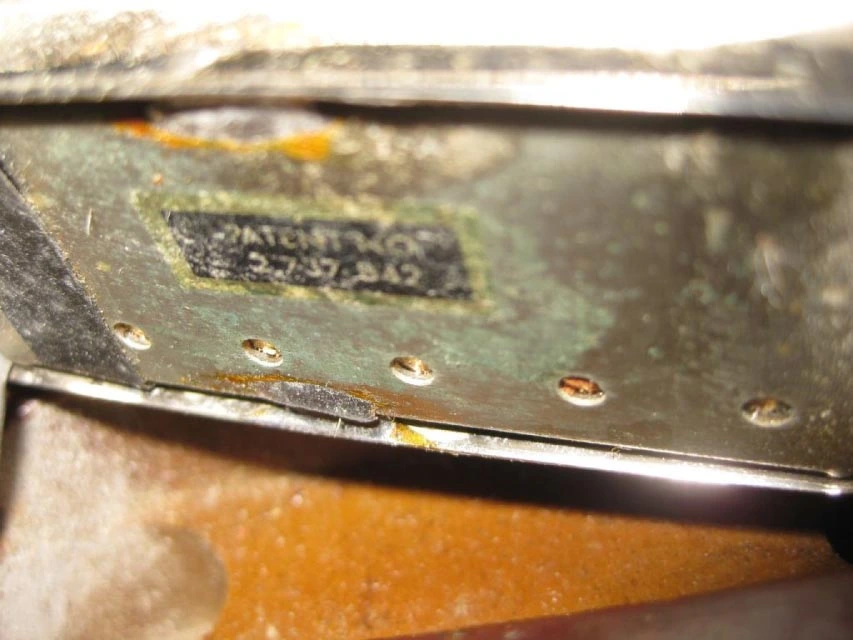
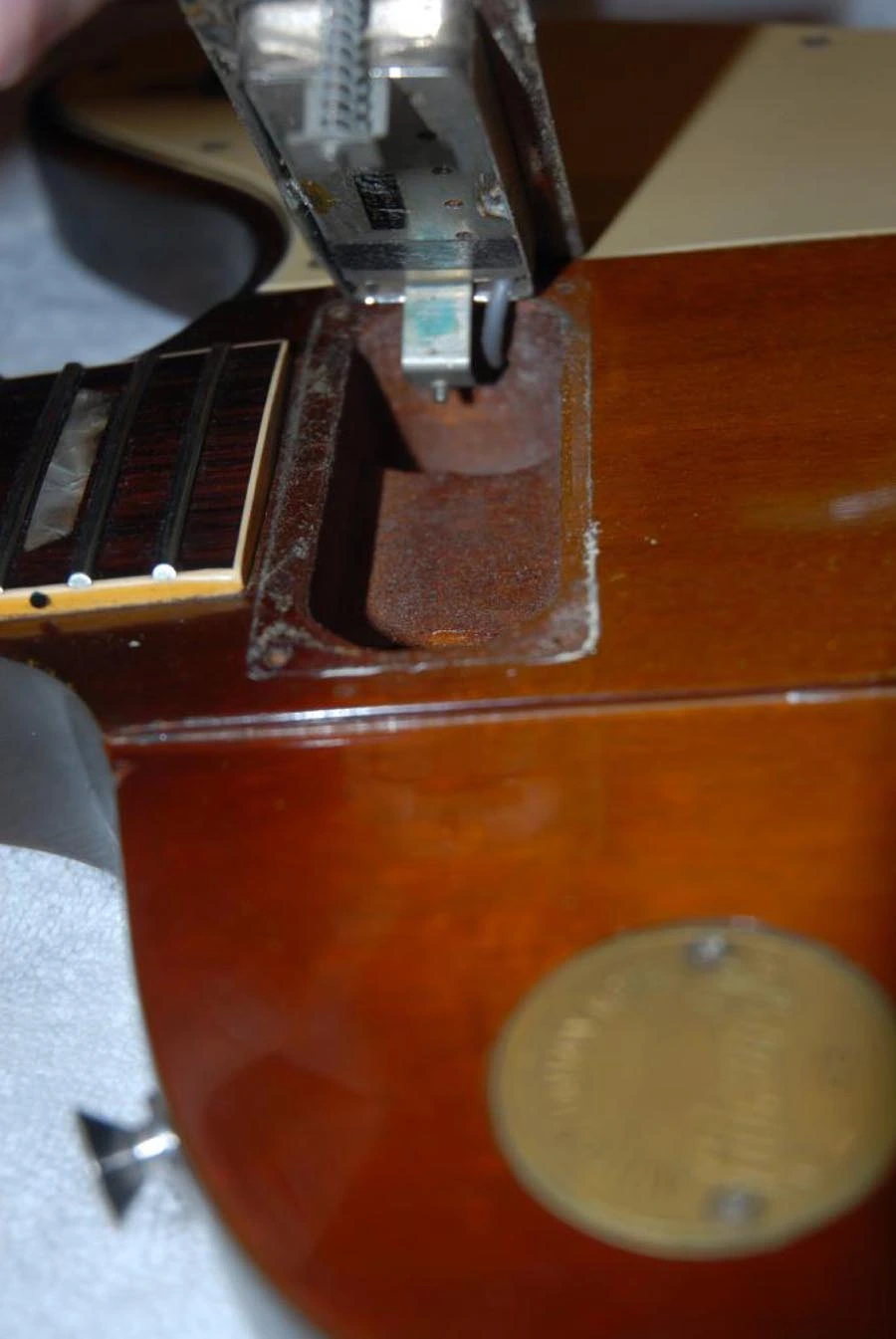
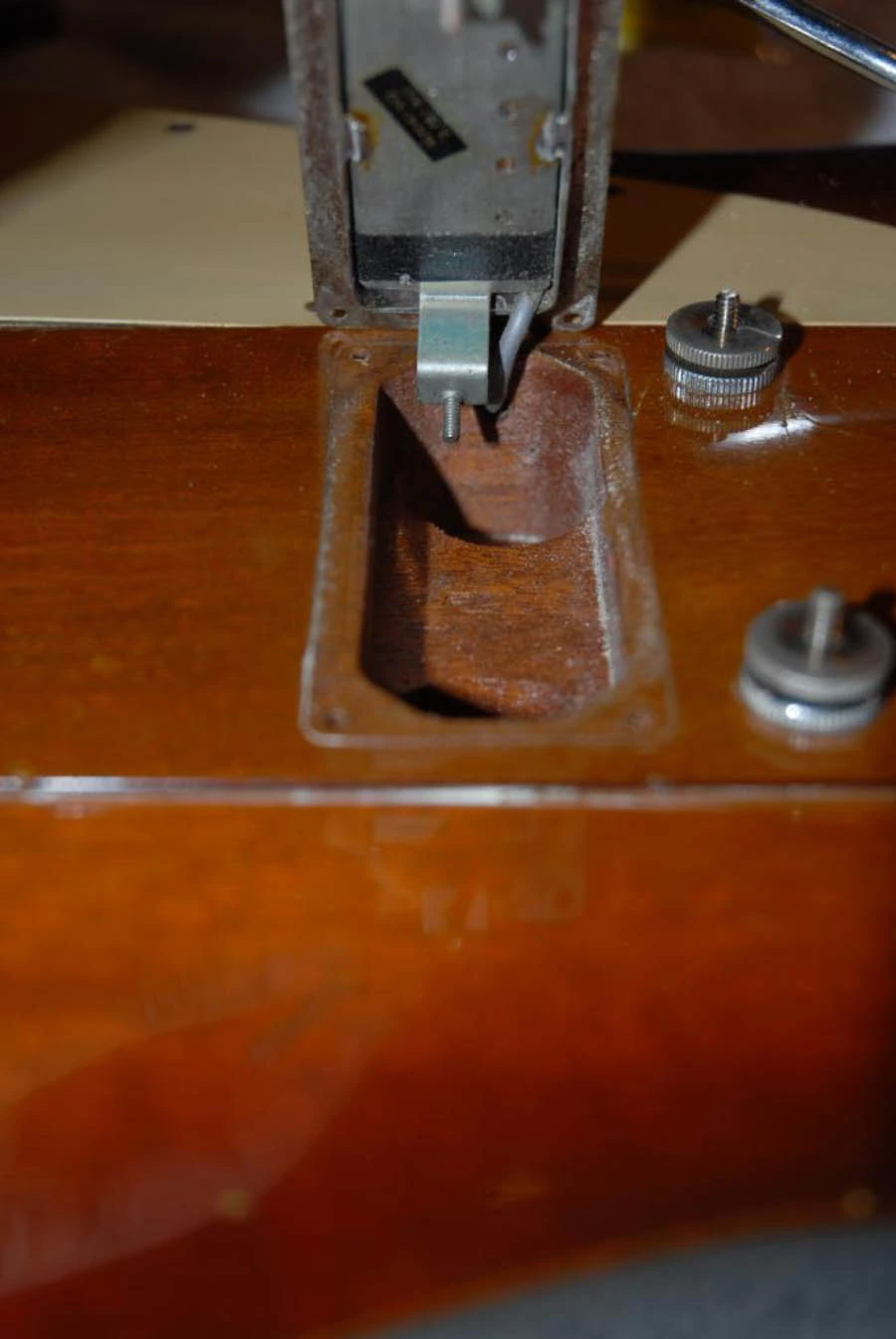
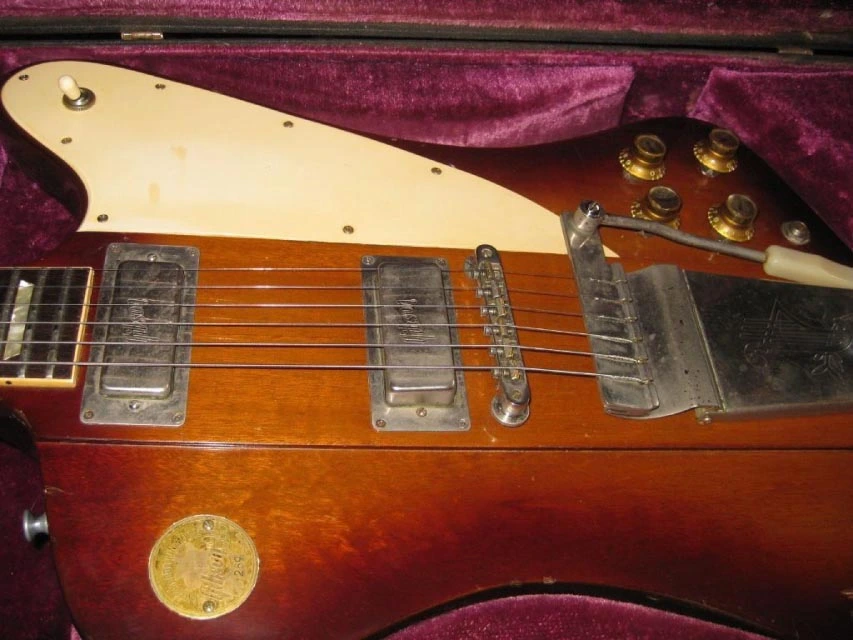
Something I’ve wondered about is whether internally there is any difference between the Medallion pickups and the neck pickup from the Bicentennial birds. Looking at them from the outside there are some obvious differences. Most notably the engraved cover, but that isn’t going to make it sound any different (at least not to normal people). The baseplates on the medallions are different too, most having the pat # sticker but some showing changes in the baseplate and even early versions of pat number engravings.
Another difference you can see from the photos of the Medallion pups that some use vintage style braid wiring but others have the grey hose style wire. And a lot of the Medallion pups for some reason have a strip of black tape across them, perhaps holding the internals to the baseplate. Some Bicentennials have that too, but most don’t.
Another difference I noticed which hints that Medallion pups might not be the same as Bicentennial neck pups is that the wire comes out from the baseplate at a different place in Medallions vs Bicentennials. In the picture below is a set of Bicentennials and you can see it comes out in the lower right corner. There is even a notch in the baseplate cut out for the wire.
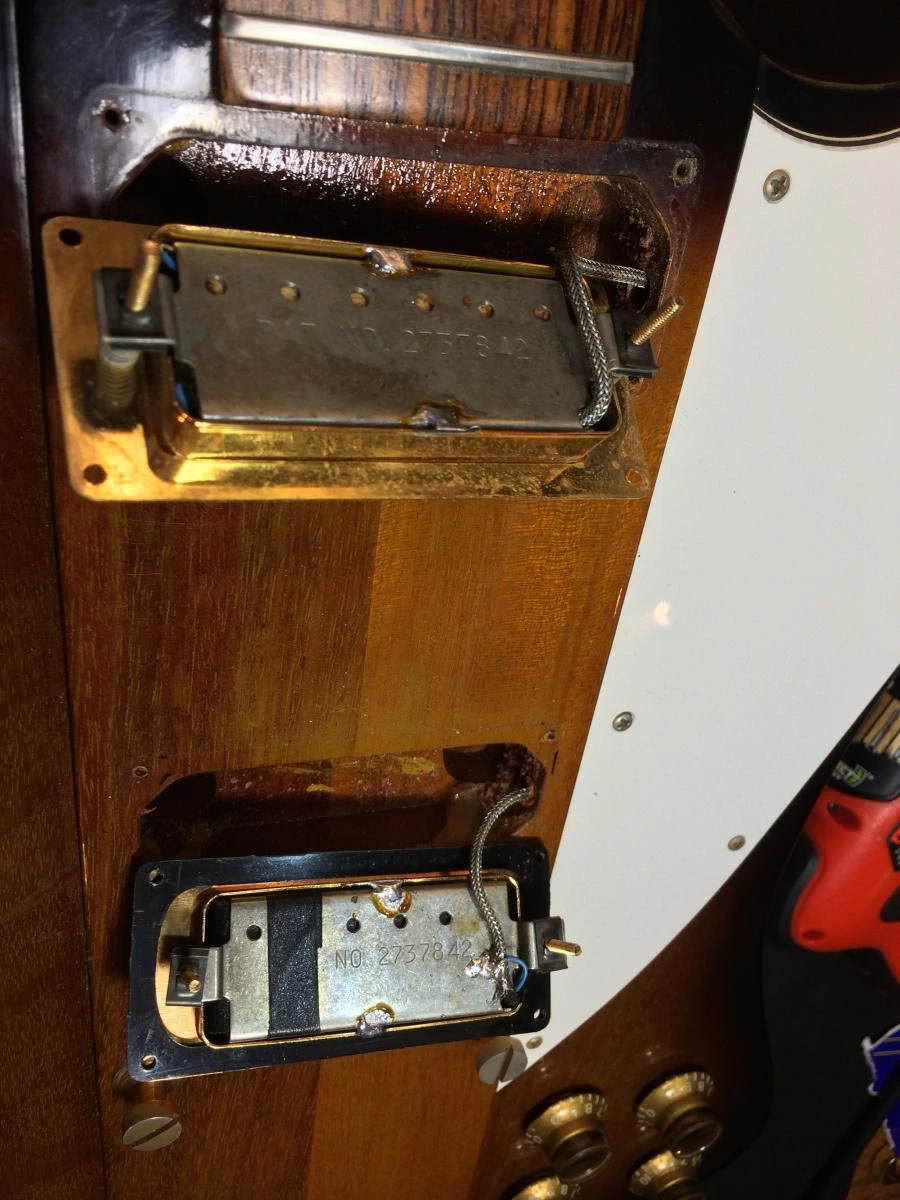
Now check out the Medallion pup. The wire comes out from the top right, above the small holes in the baseplate.

Interesting. Below is another pair of Medallion pups.
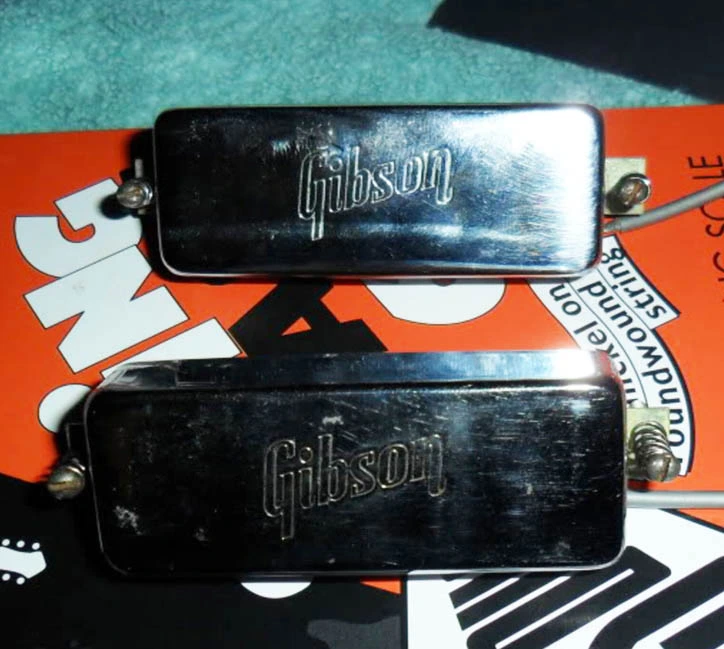
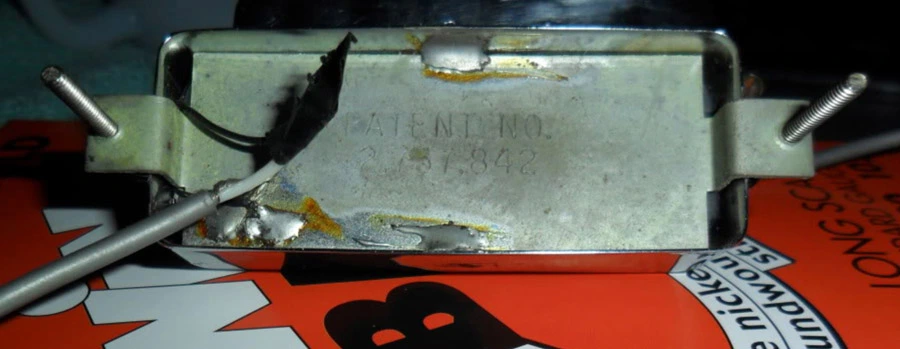
I really don’t know what to think about this one, when I first saw it I thought for sure it had been tampered with, but now I’m not certain. The baseplate and somewhat shoddy looking wiring (with a piece of black tape covering a splice!) is practically identical to some of those minis Gibson put in the weird budget SG I, SG II and SG III models they put out in late 72 and discontinued not long after. Those pickups, if you remember had those cheap black plastic covers, supposedly had ceramic magnets, and some variations had whole underside of the baseplate covered in a black tarry goo, and are now sometimes referred to as “tar-backs.” That would be the same general time frame as the Medallion pickups so MAYBE these are SG I mini / Medallion hybrids…
Whatever it is the baseplate appears to be an early version of the patent number engraving where they spell out “patent” and split the phrase into two lines with the number beneath the "patent no." line. This is unlike the Bicentennial and all later pat# engraved pups. Also, the base plate has no holes, the wires are grounded to it, and to top it off the wire is coming out from the top LEFT side!
One can’t help to wonder if what we are seeing above is an example of where Gibson took a SG I mini pup and put an embossed logo cover on it and installed it on a Medallion Firebird. It certainly wouldn’t be a stretch of imagination considering their 70s work where they were trying to cut costs. Definitely gotta wonder what is inside some of these…curious too about the DCR on this and the other pickup in the set, whether it had the same anomalies.
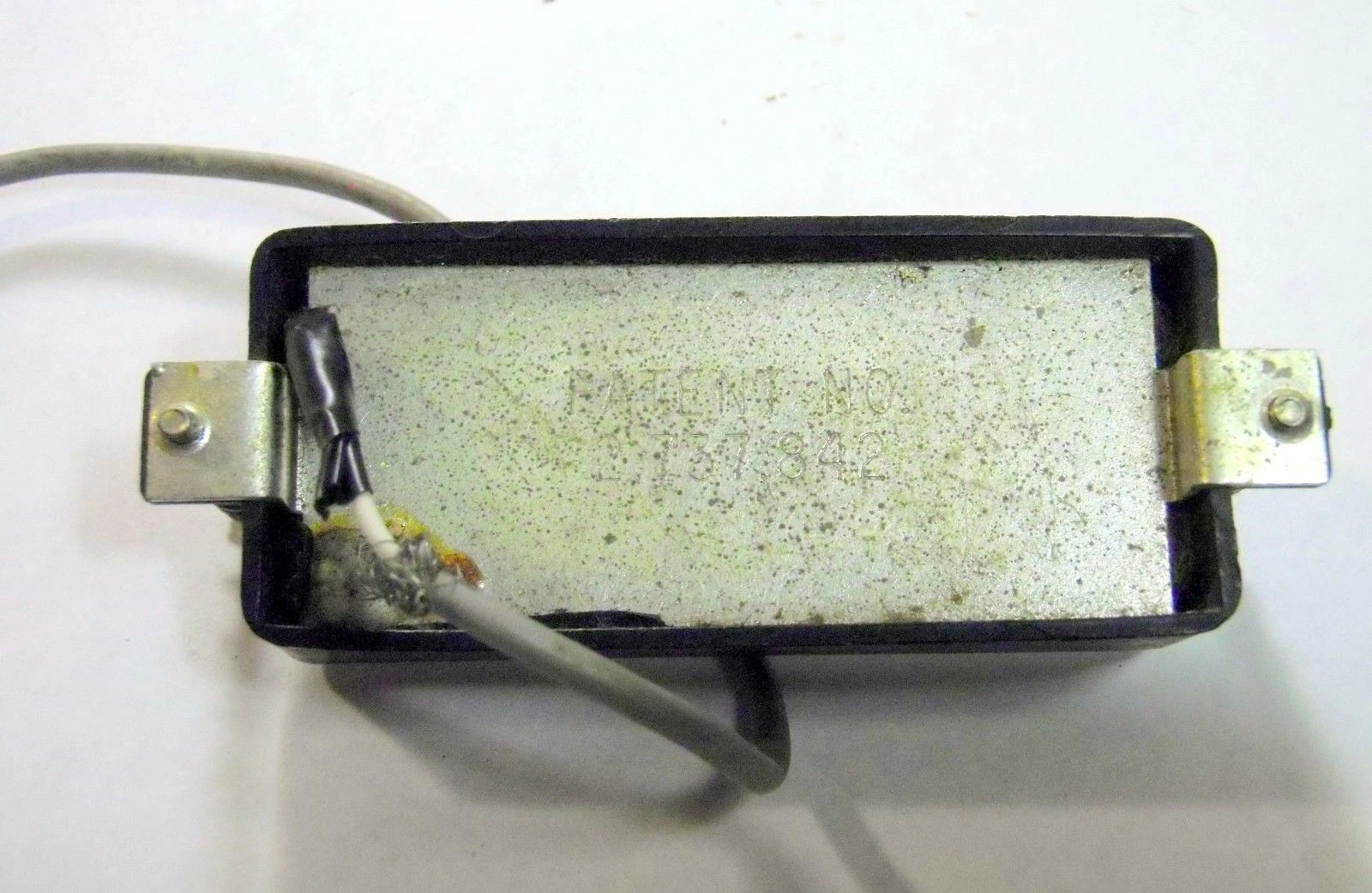
Here is the underside of one of those SG I pickups I mentioned above. You can see the black cover (which is plastic!), and the baseplate and wiring which looks just like the alleged “Medallion” pickup above. DCR on this measures 6.2k. Looking at the somewhat shoddy wiring one wonders if the tarback versions are the same pickups and the tar was just Gibson’s way to “seal” the wires and the splice you can see above so they are more secure.
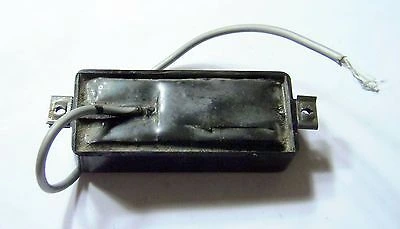
“Tarback” mini humbucker from a 1973 SG.
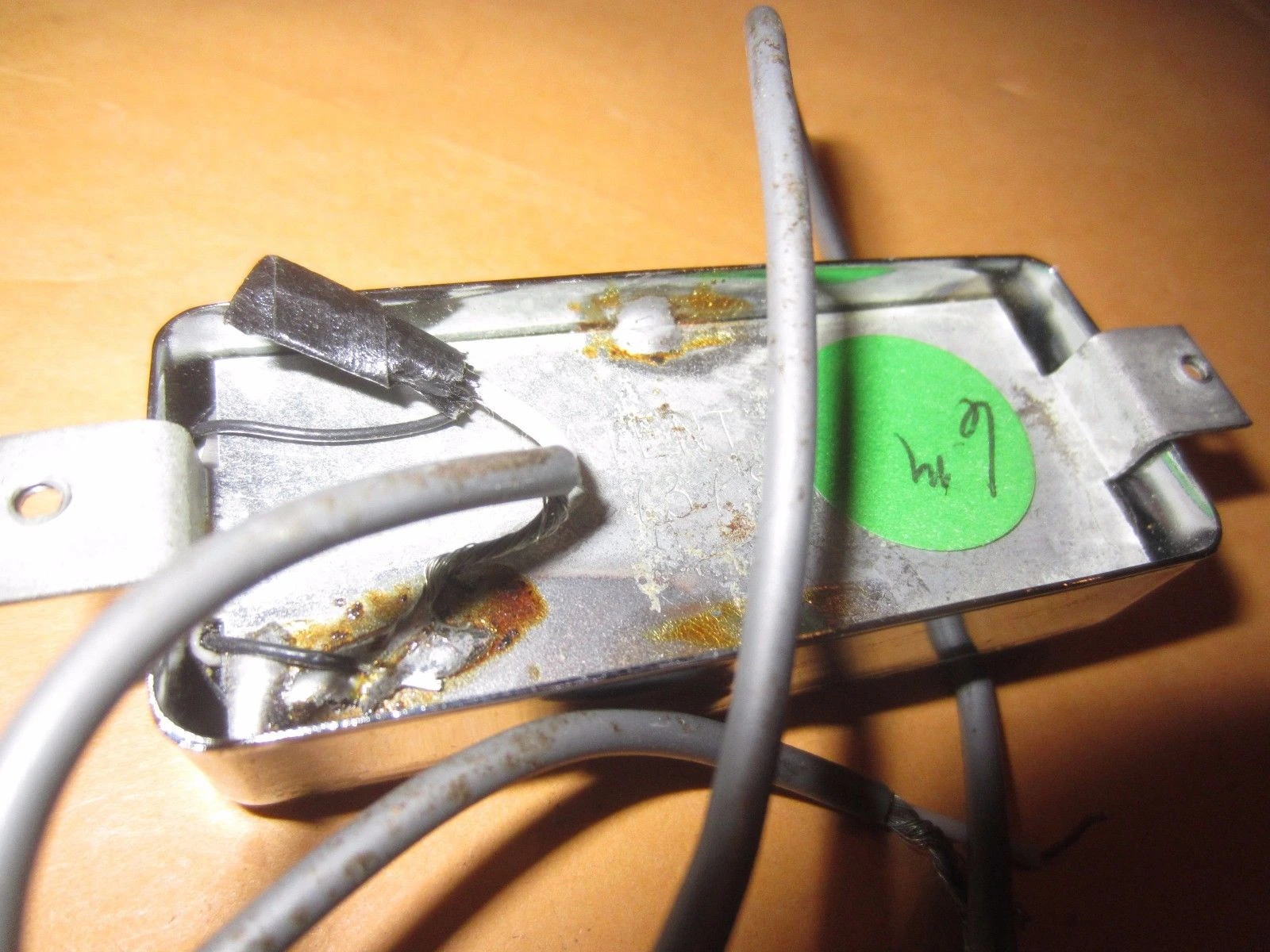
Here is the underside of another “Medallion” pup which looks just like the mini humbucker used in the SG I. The green sticker no doubt was put on by whoever was selling these to indicate the DCR. In the photo below you can see the DCR is 6.91k which is on the high side for Firebird pups.
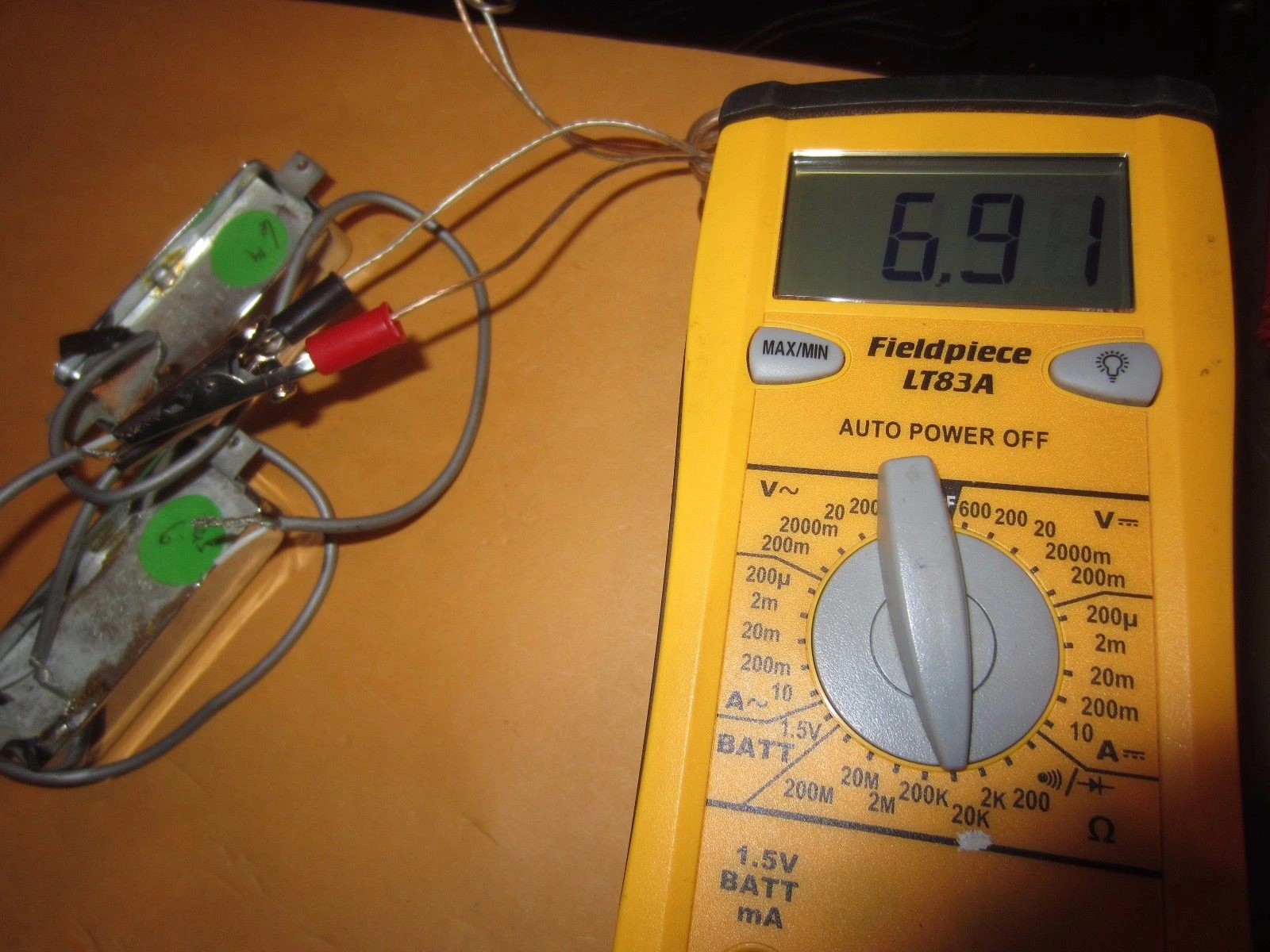
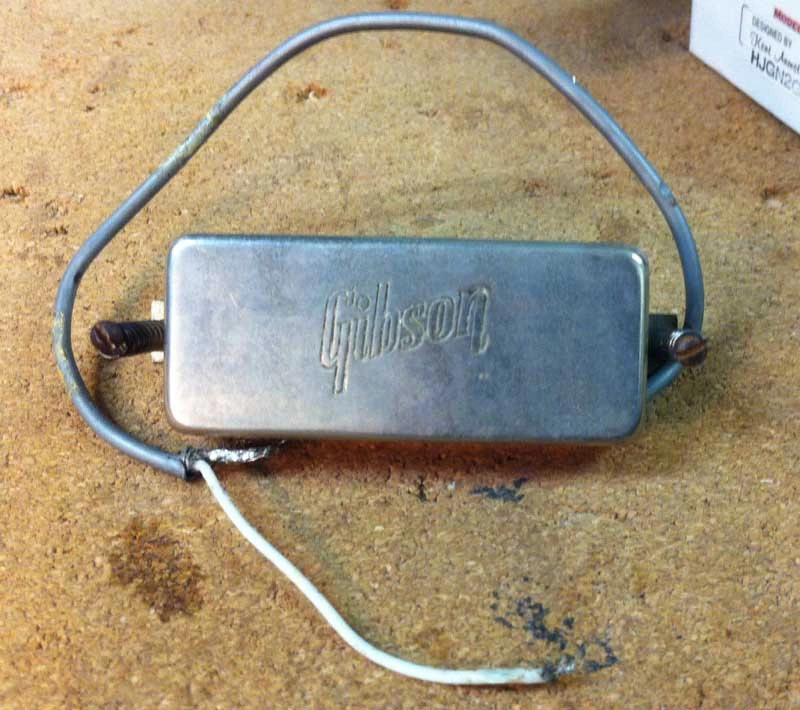
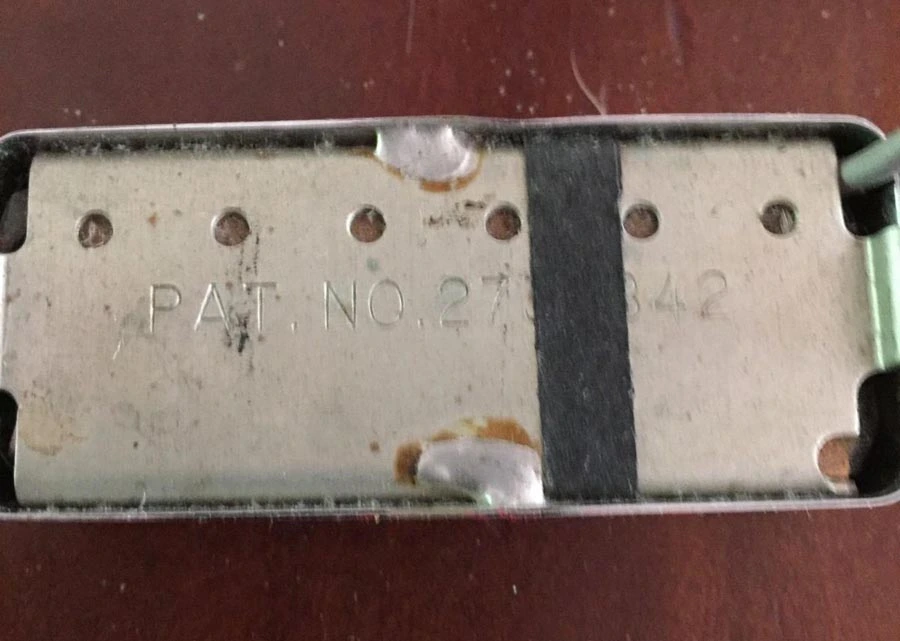
Here is an interesting one, it appears to be a cross between a bicentennial neck and a medallion pup. Like the medallions it has the grey hose wire coming out the top right and the stripe of black tape which so many of those had, but the cover does not have the embossed logo!
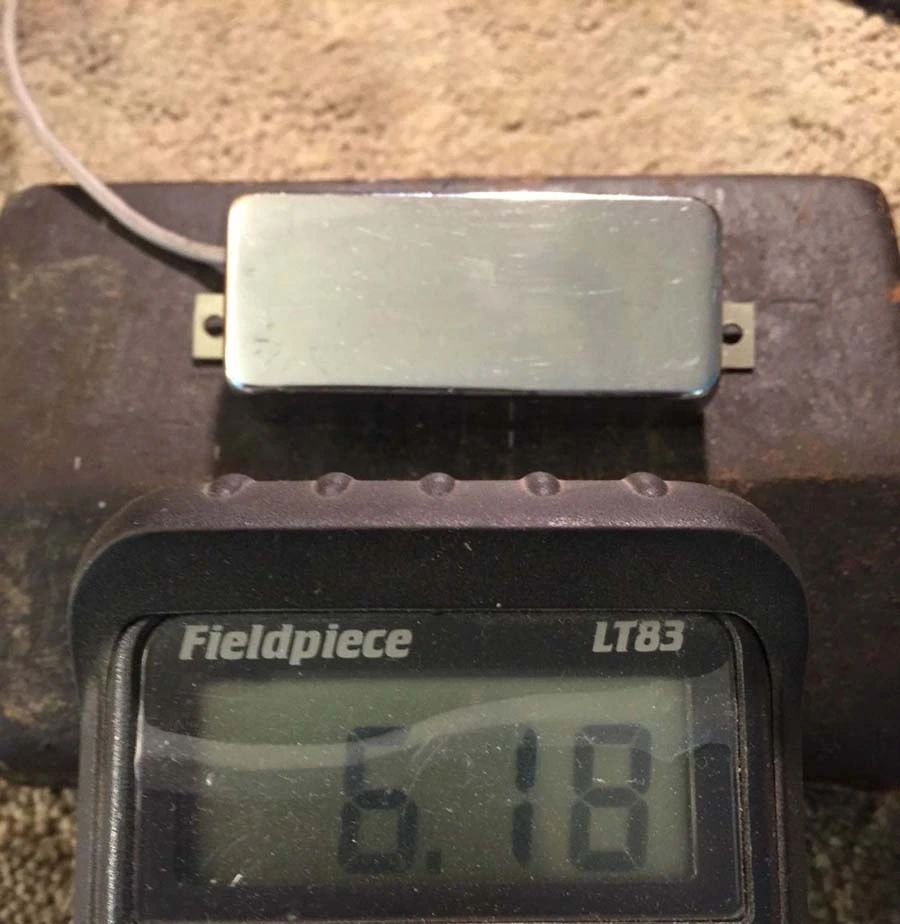
Another difference I noticed between the medallion and the bicentennial pickups is that the bicentennials do not have the threaded “feet” for the mounting screws, instead they have a threaded clip which slips over the unthreaded feet. This one (although you can’t tell from the photo) has unthreaded feet and is just missing the clips. A medallion pup in bicentennial casing? From what we’ve seen so far it wouldn’t suprise me in the least.
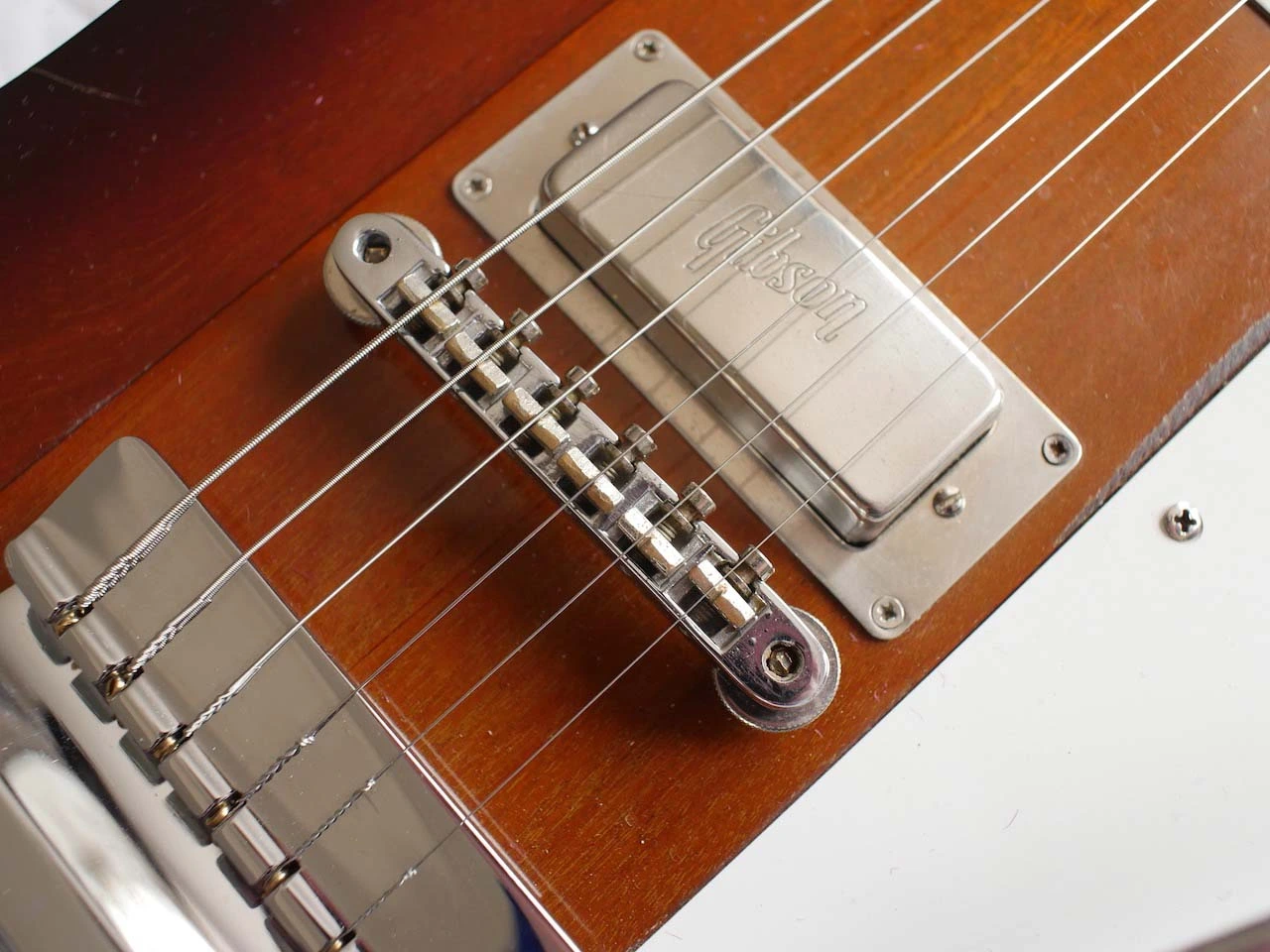
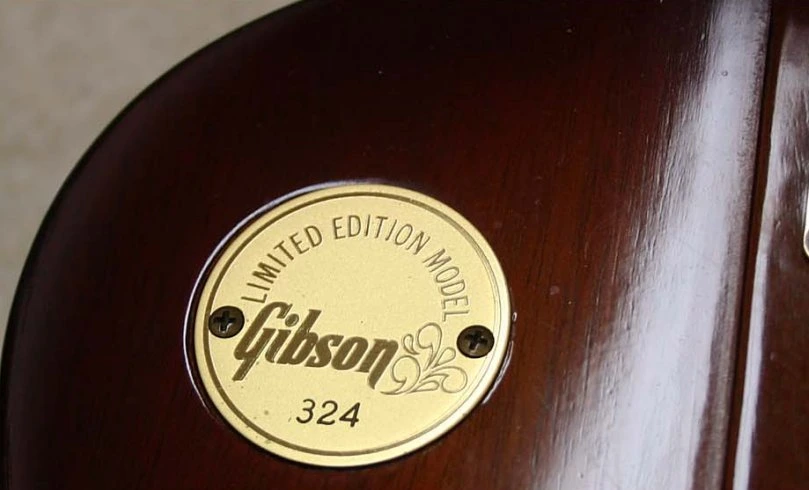
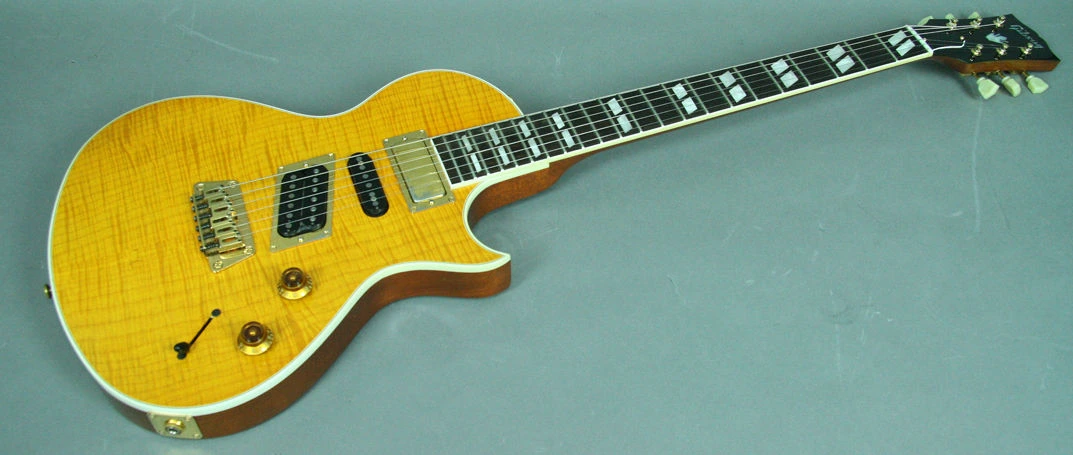
Another guitar Gibson made in the 90’s which used a Firebird style pickup in the neck is the Nighthawk (humbucker bridge, single coil middle and a Firebird neck pickup!?).
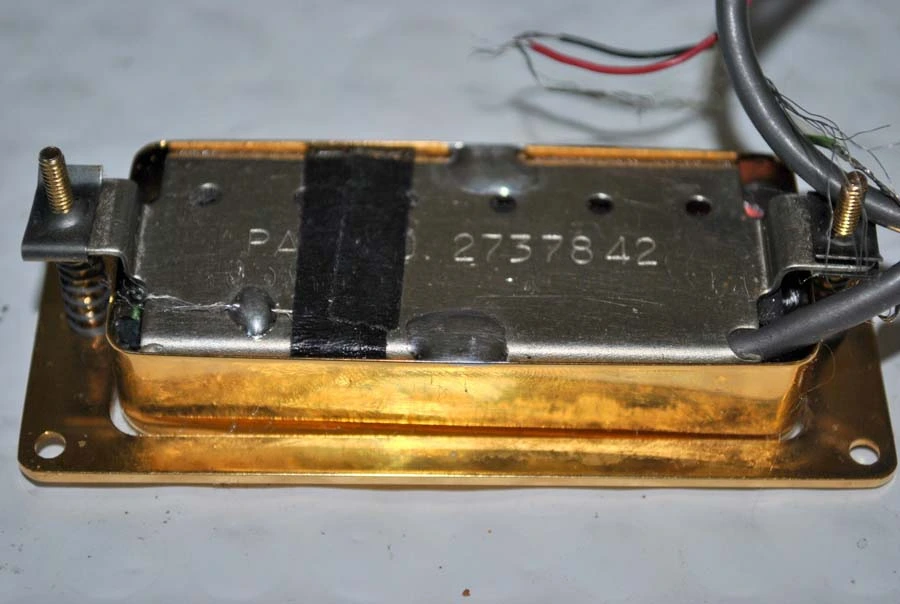
Here is the underside of a 90’s Nighthawk Firebird pickup. In some ways they look like 70’s or 80’s Bicentennial pickups with their clip “feet”, the black strip of tape and their gold color. They won’t sound like Bicentennials though as they are wound much hotter (see photo below). My guess is these are similar to or the same as the neck pickups Gibson used in the 90’s reissue Firebirds with the ceramic pickups and thinner wire. Also as you can see the one above is a 4 conductor as well which you won’t see on a Firebird.
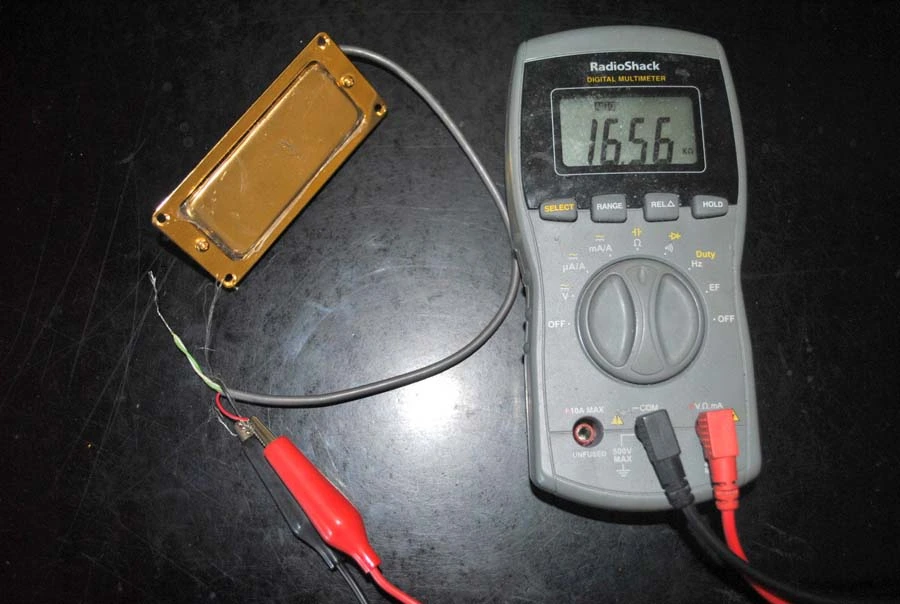
90’s Gibson Nighthawk pickup DCR.
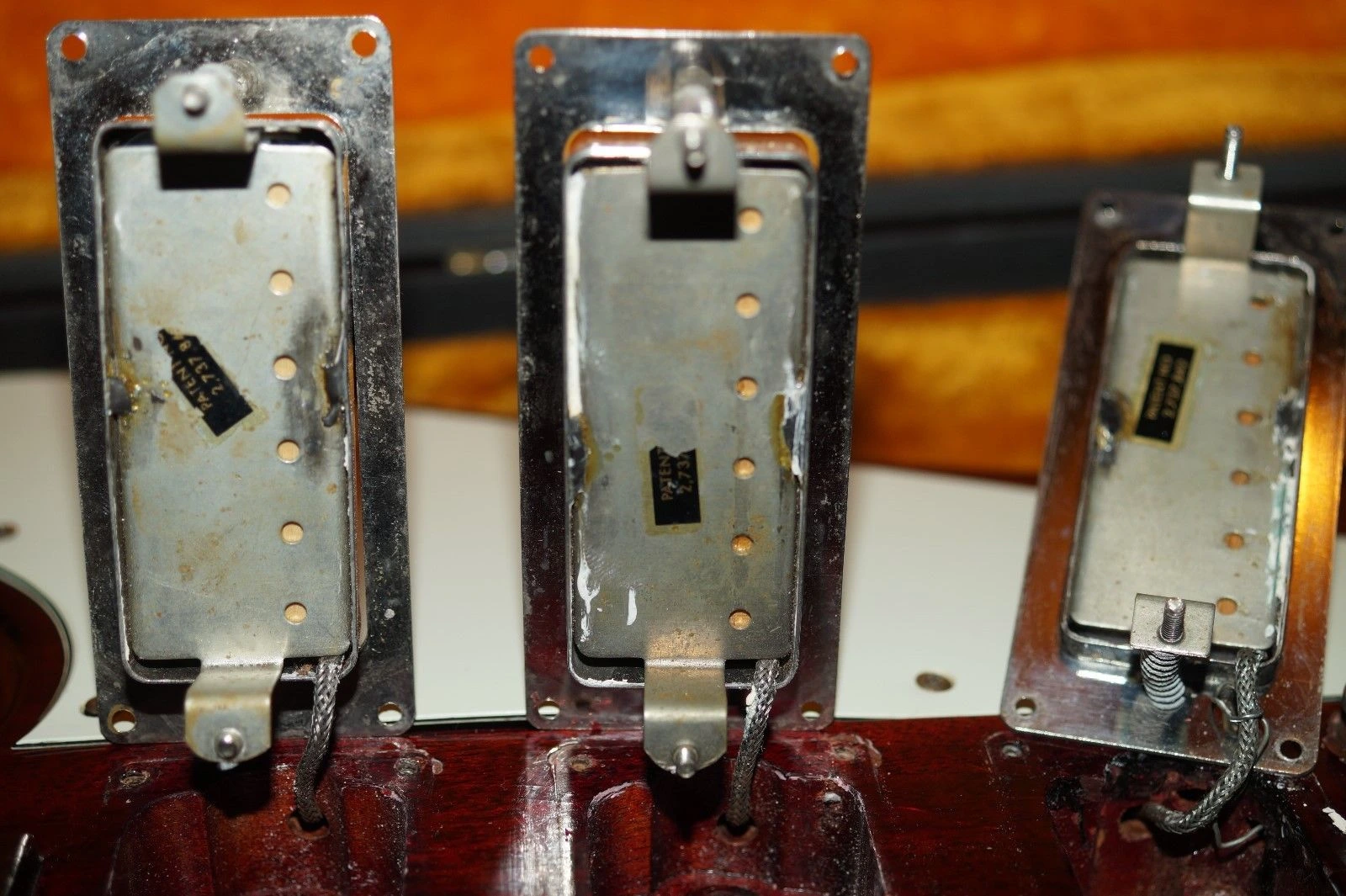
Here are the undersides of the pickups in a 64 Firebird VII.
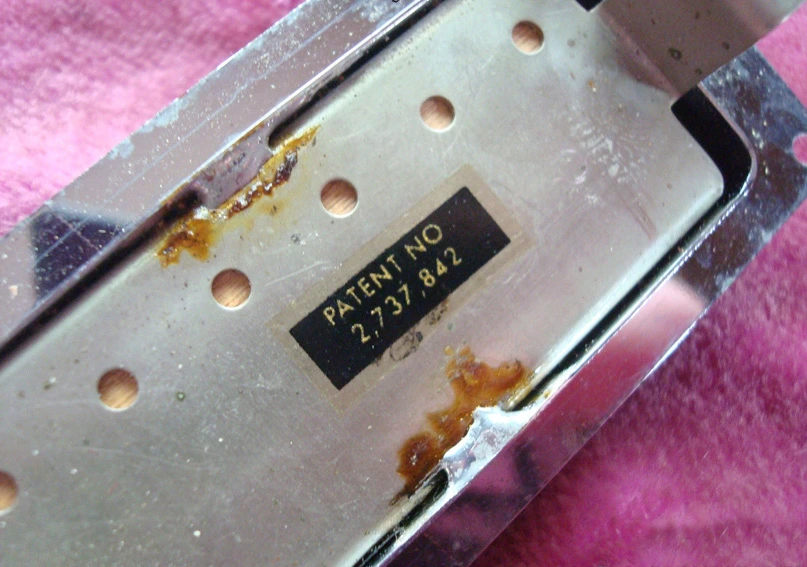
Here is the underside of a 64 pickup.
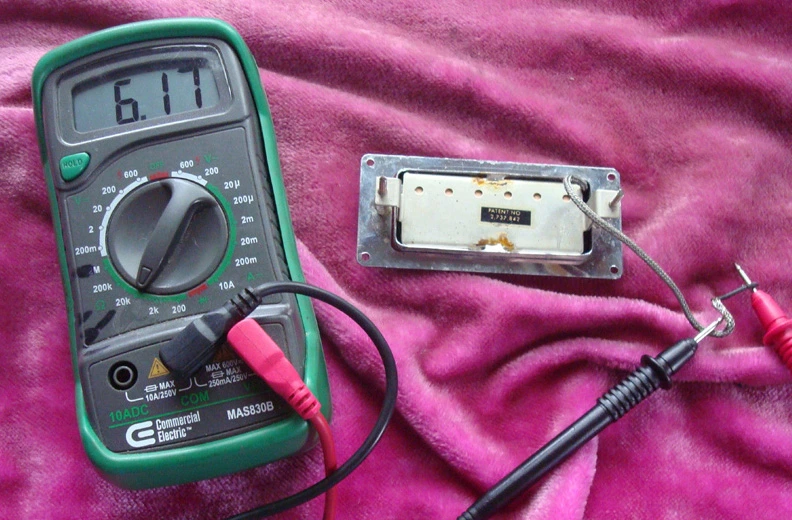
The DCR for the pickup shown above from 1964 is 6.17k. A big part of the magic of these pups is that they are relatively low output.
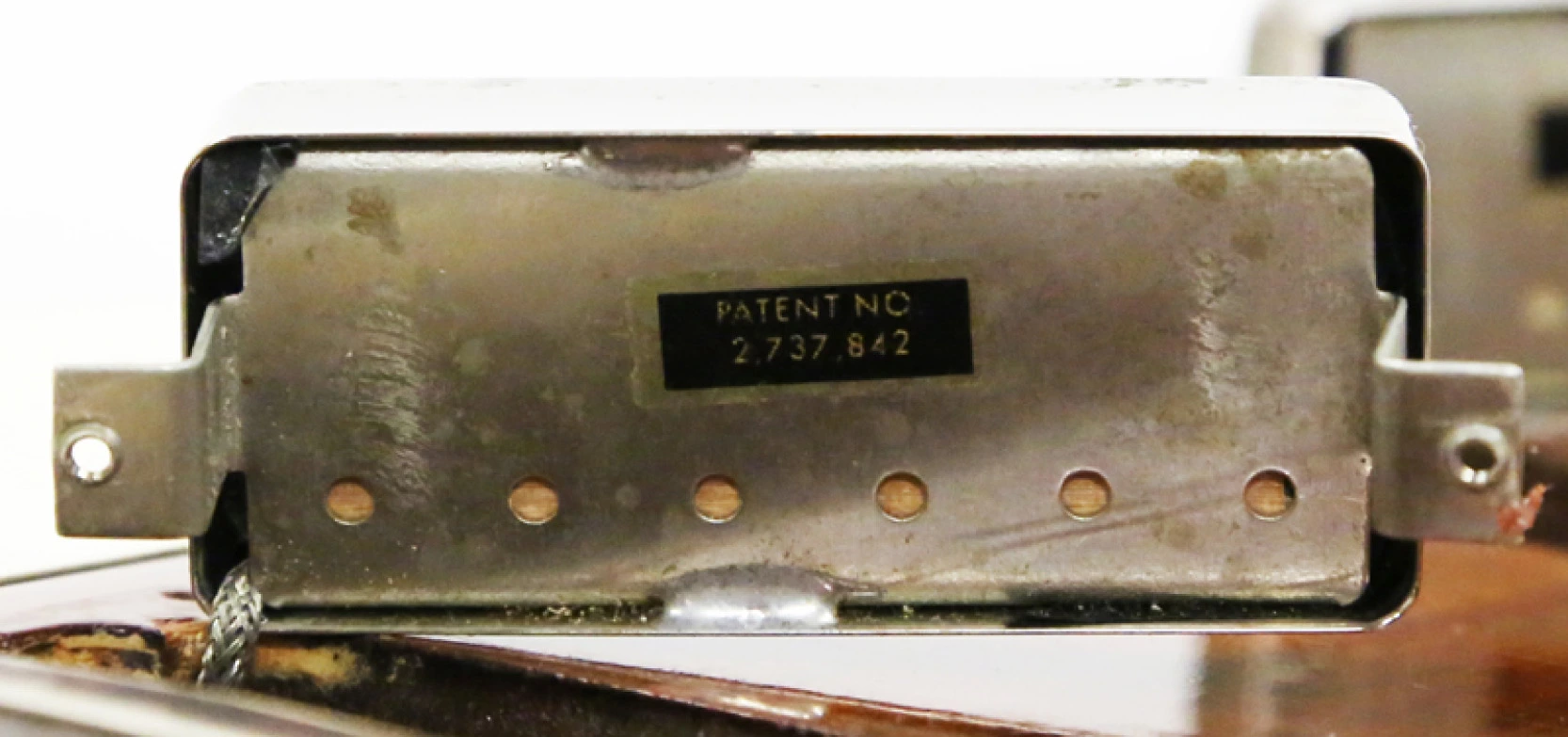
Here is the underside of a 65 pup.
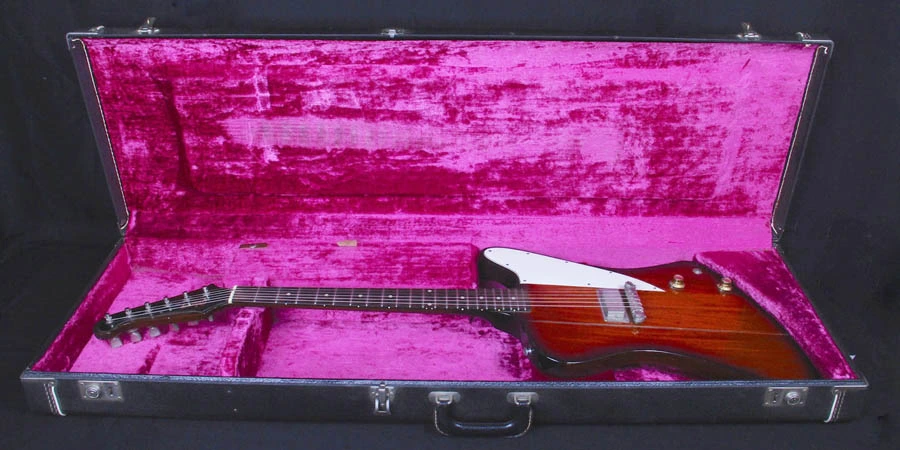
One beauty of a beast.
Personal Rant
How many times have you heard people talk about how all the magic of Firebirds is in the neck pickup and that the bridge is shrill, brittle, unuseable etc. and then in the same sentence those same people will all tell you how bad they want a Firebird I. And then when a Firebird I (which hardly ever come up for sale) comes up for sale the owner who has had it for years reveals that it has only been played for a total of 10 hrs or so. How can anybody own a guitar like that and not play it? And it is always in pristine condition, with original hang tags and shit because the only thing they ever did even though they can barely fret a D chord was talk about how great it sounded and post photos of it on the internet in Firebird threads. Then they want an exorbitant price for it, which some other guy who even though he can’t stand Firebird bridge pickups and who also can barely fret a D chord ends up buying it for more money than a kid like me who plays all the time makes in a years work.
Gibson really needs to start making those again, and not with those awful “slim taper” necks but with a nice chunky 50’s profile and while they’re at it why not put a normal FB pup in it rather than those ridiculous ceramic 25k jokes, and perhaps bring back those beautiful banjo tuners just because. Man, I love those things and it baffles me when people whine about neck dive because all they need to do is put the top strap button in the right place and get a real strap. And if Gibson could then do the right thing and sell them for normal Firebird prices so people like me could afford them. That would be a great great day.
I hope you’ve all found this thread informative, or at least fun. Obviously I’m not a winder or a gear head, just a player with a passion for Firebirds. My intention being just to share some of my findings and hopefully shed some light on the Bicentennial era bird pickups. ‘Nuff said. Now quit readin’ and go play your damn guitar, cause’ thats what all this is really about.
By the way, if you like Firebirds and Marshall Plexis keep a look out in the not so distant future for new recordings of my buddy Daniel Shams of Heliotricity. Lately he’s been recording extensively with my Firebirds through an unattenuated JTM 45-100 full stack on 10. No shit. Sometimes he splits the signal to run through a tall 1940s era Leslie which used to belong to a church organist of African American descent from Cincinatti. It sounds blistering. Blistering and unique, he does it his own way, I wouldn’t even know what to call it. Maybe just Heliotricity. I’ll see if I can coax some clips out of him. But watch out ’cause he sings too, because we both agree that lyrics (contrary to popular belief) are not just wasted time between solos. Jack Bruce showed us that. Play it loud and proud.
Wallace Blackie Gold
Quote of the day: “It was a LOUD one watt!”

Firebird Music Review
9/18/2018